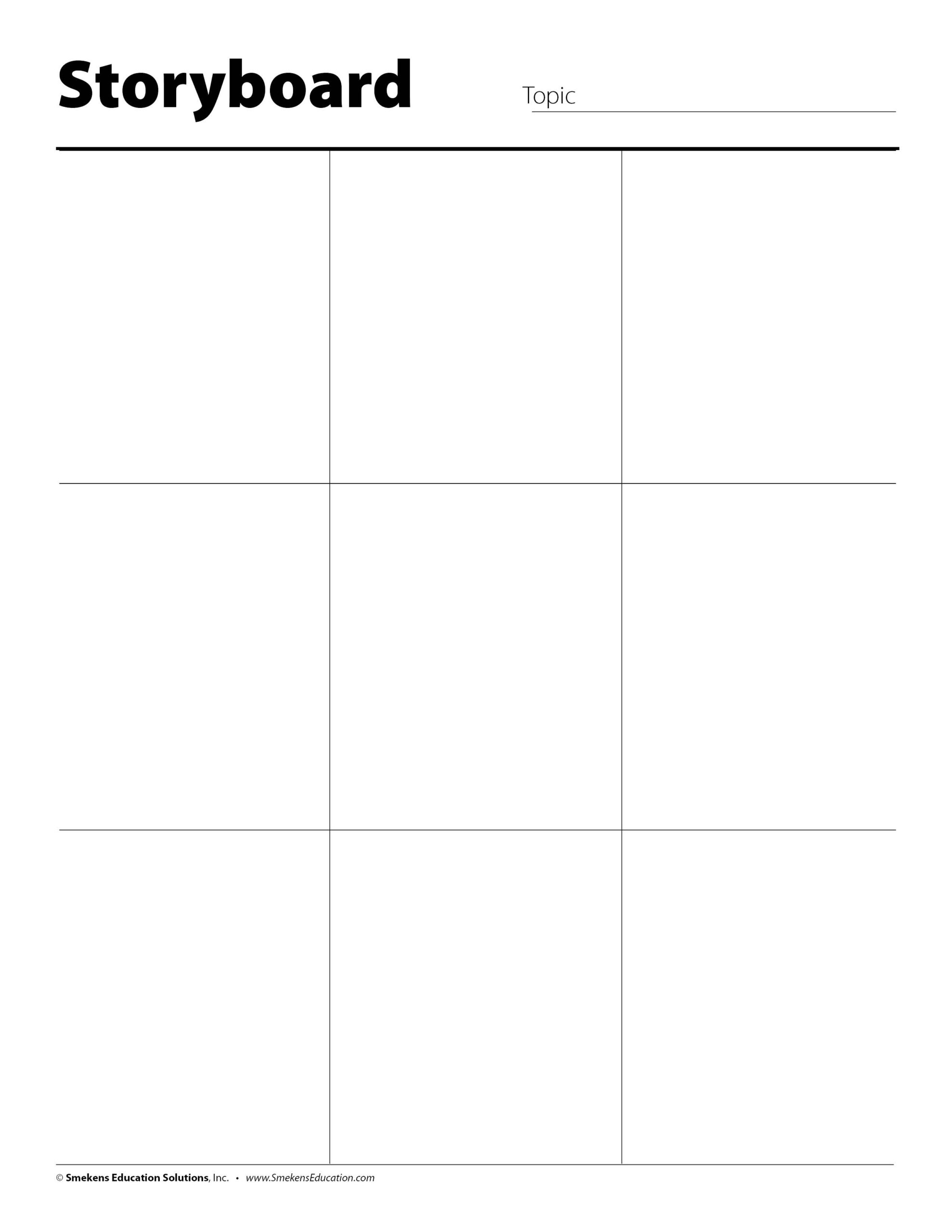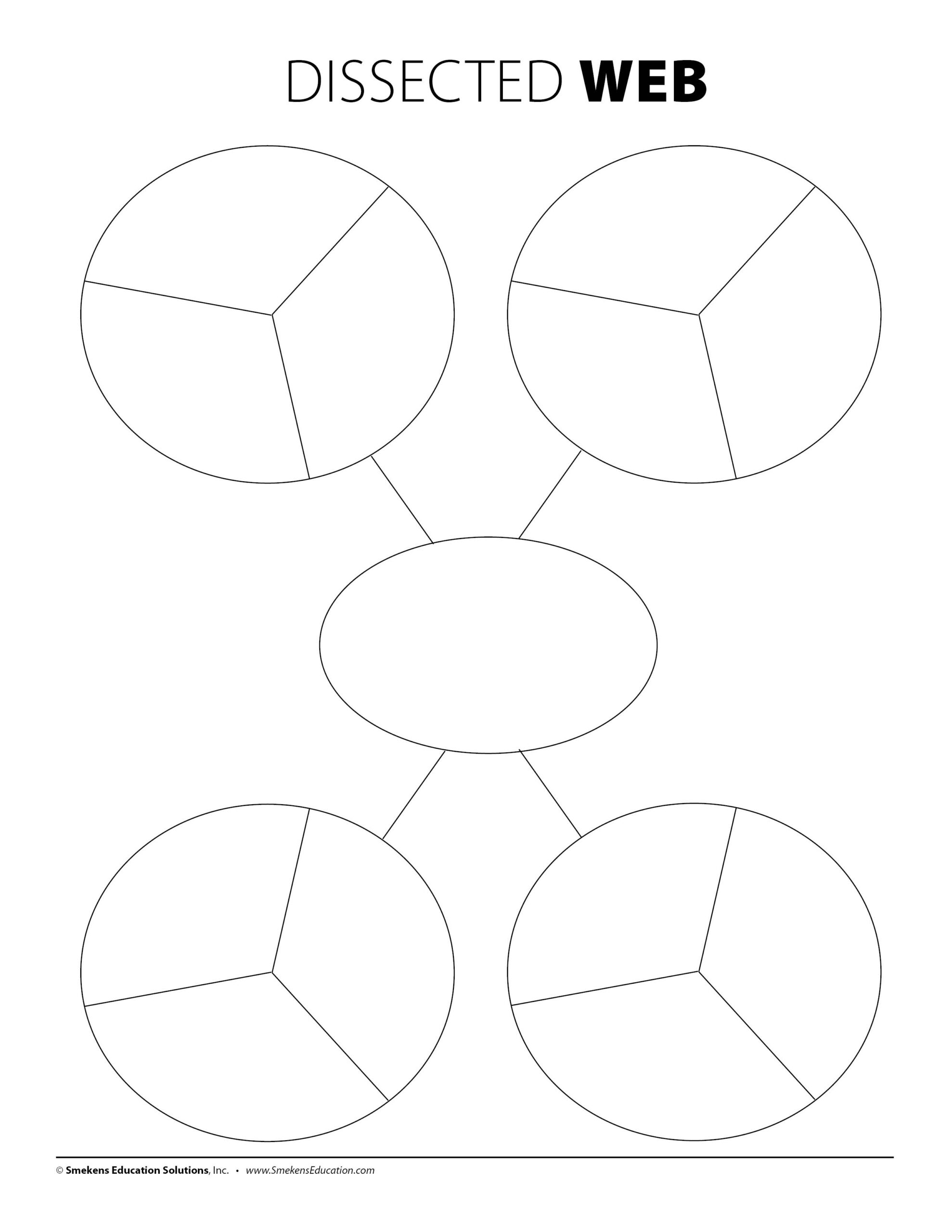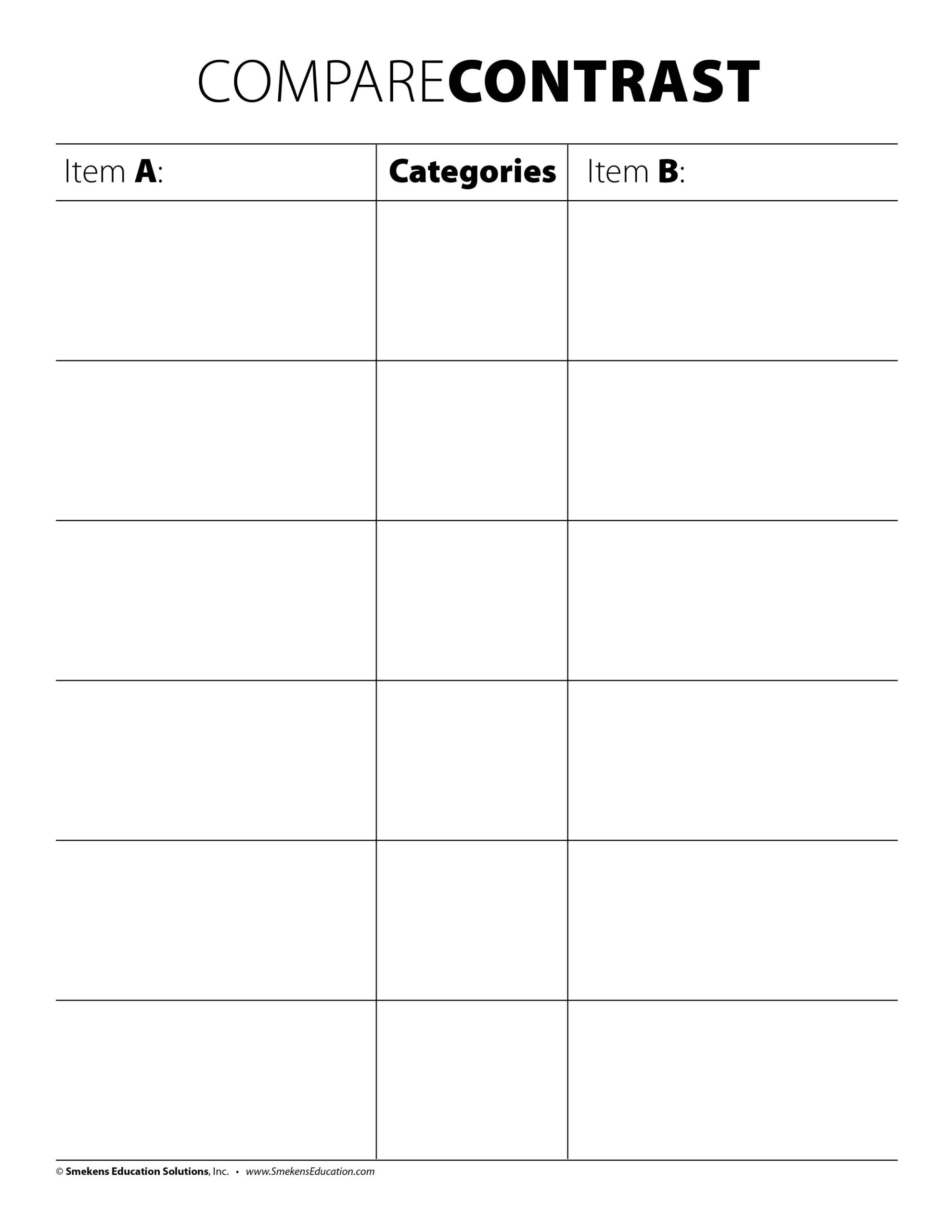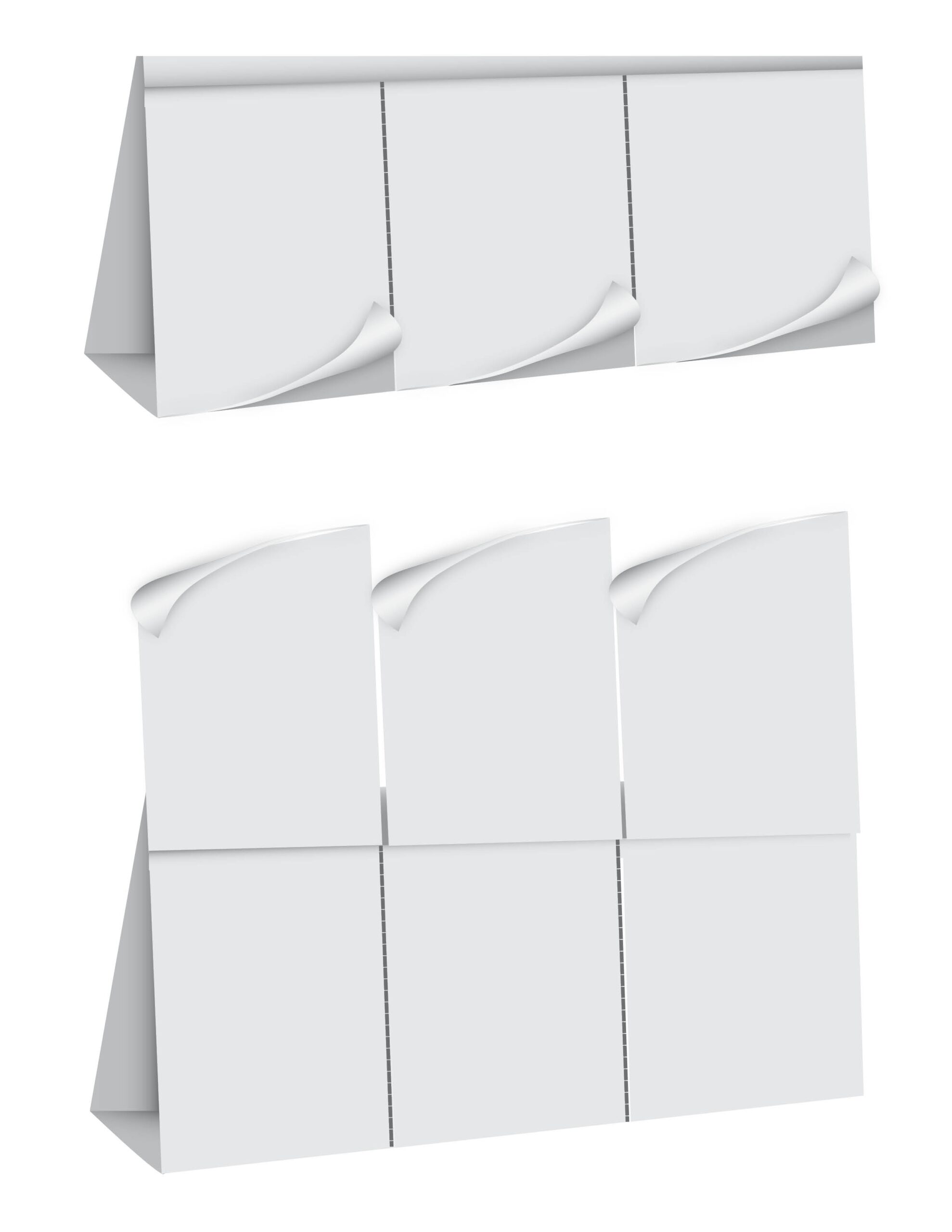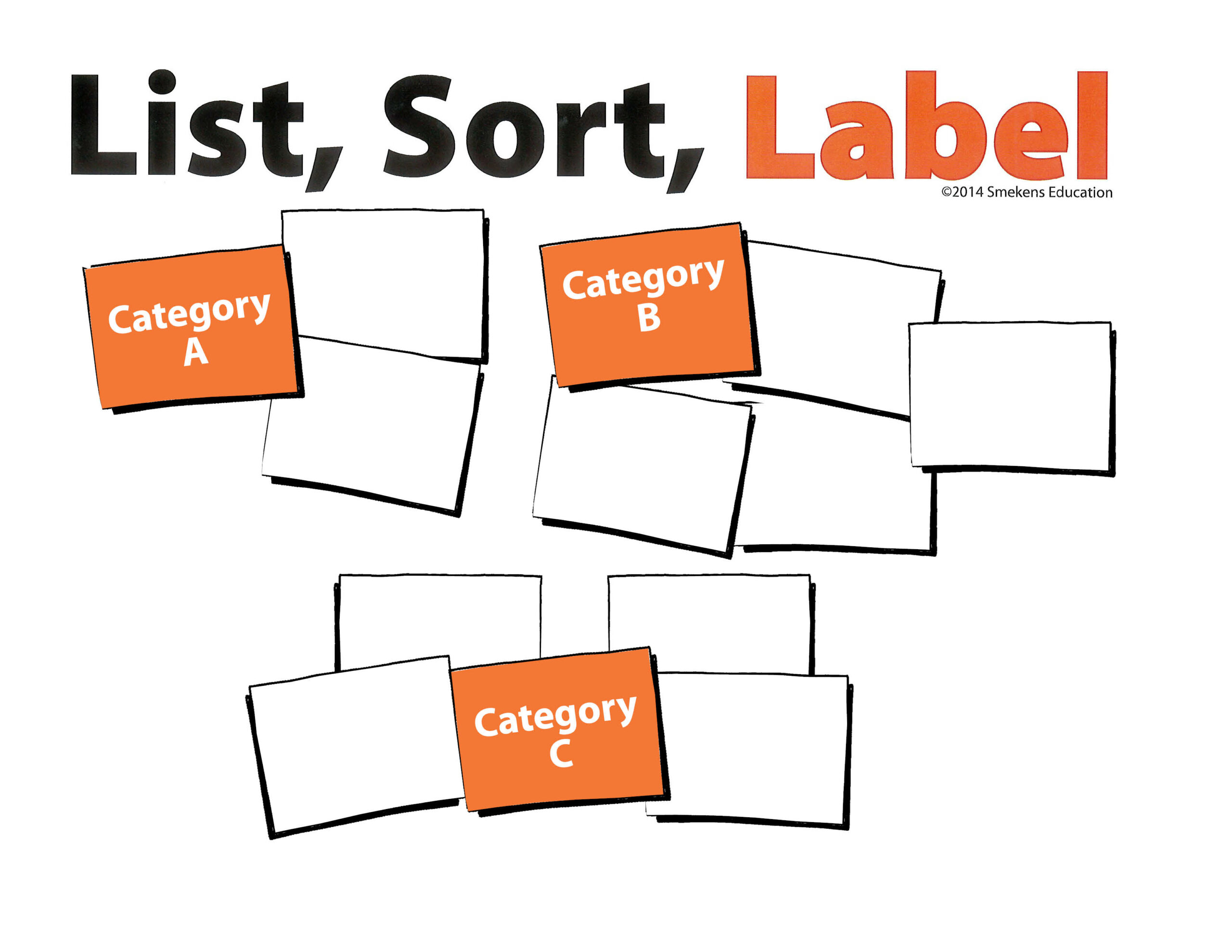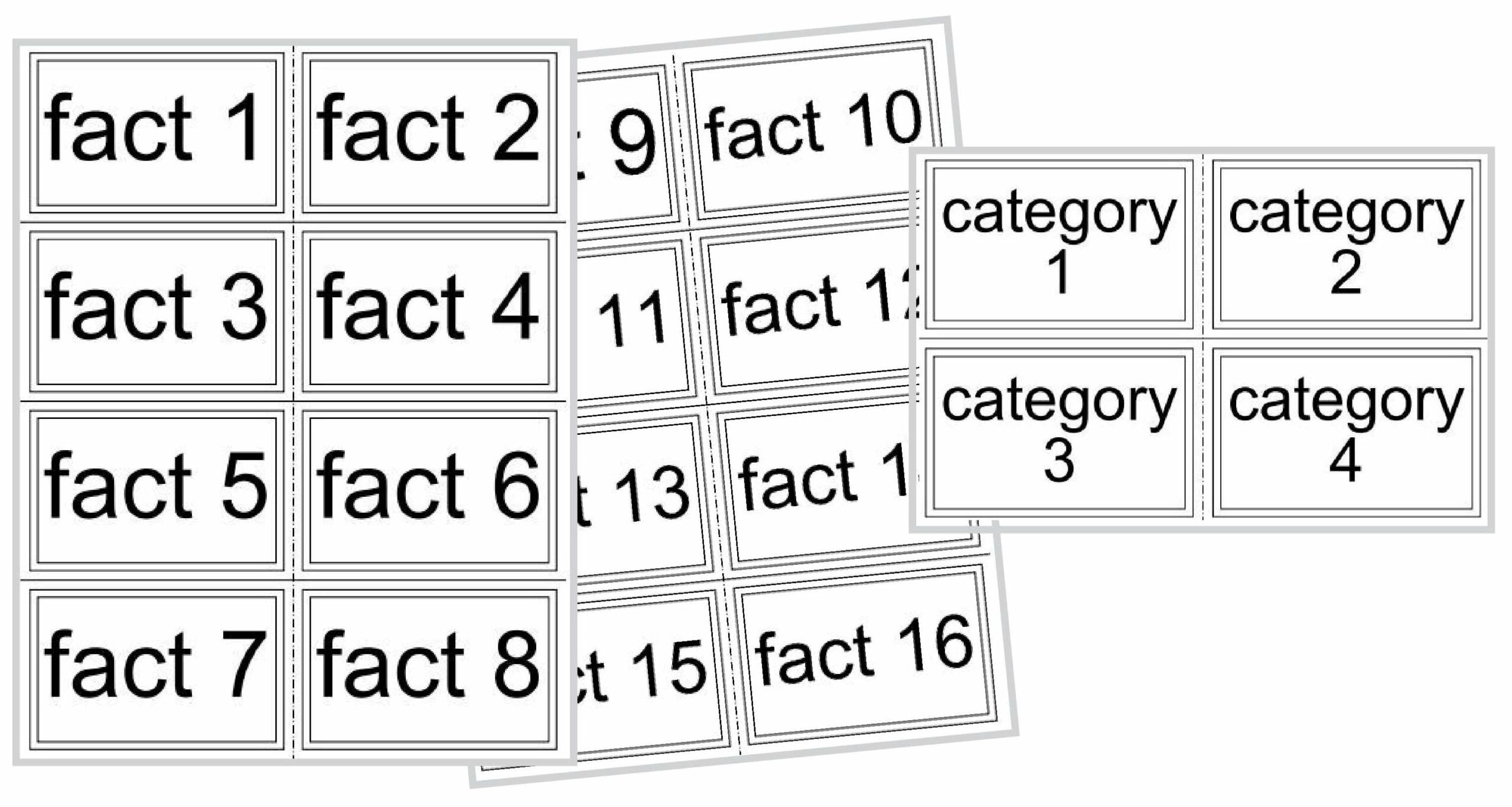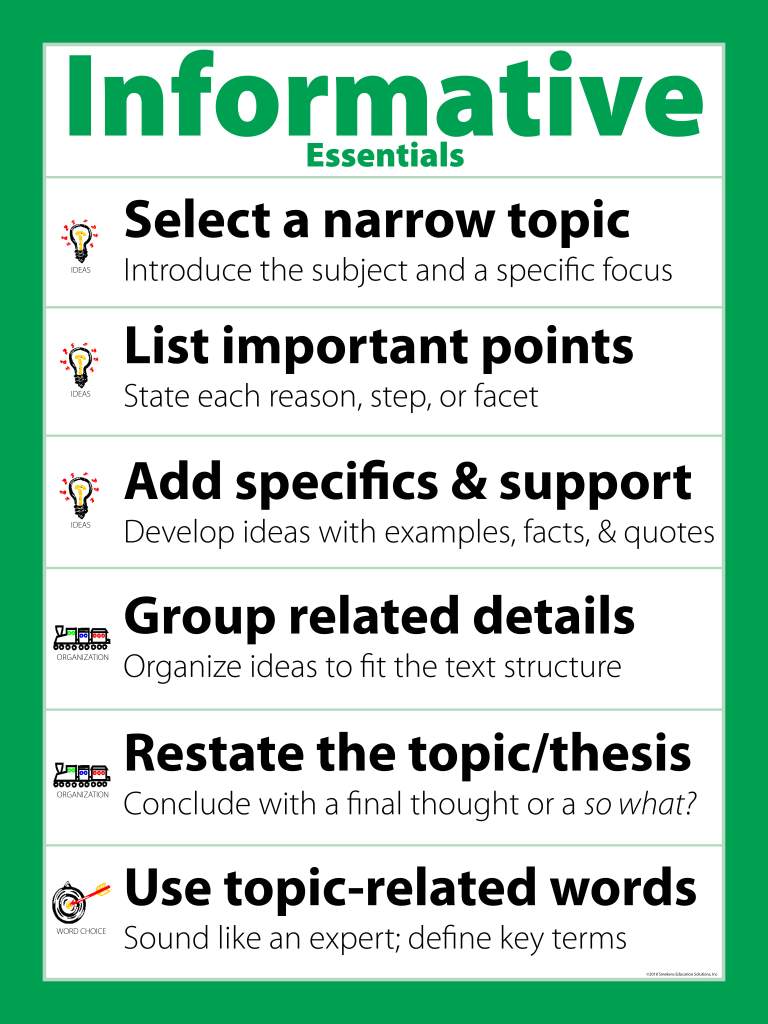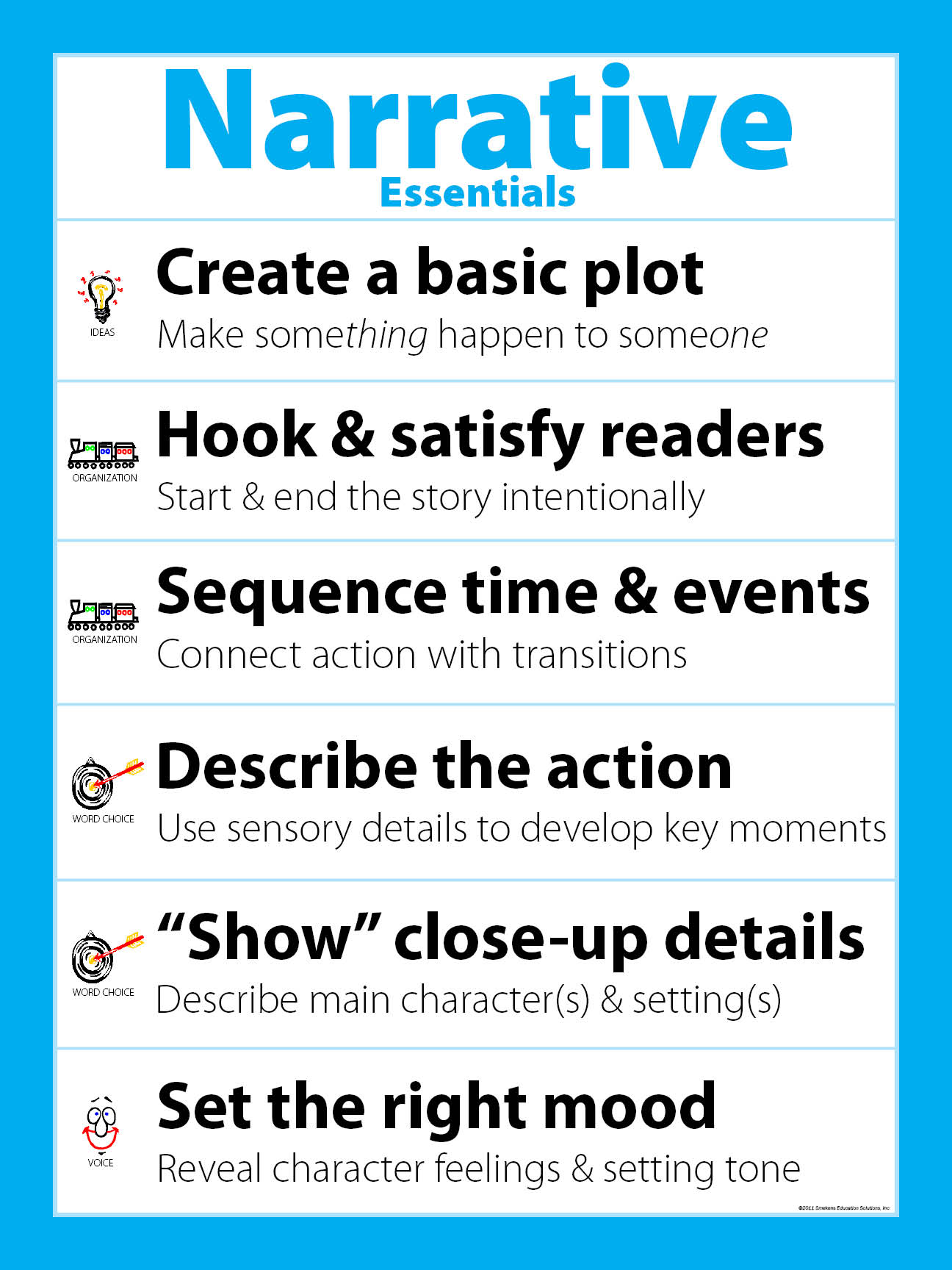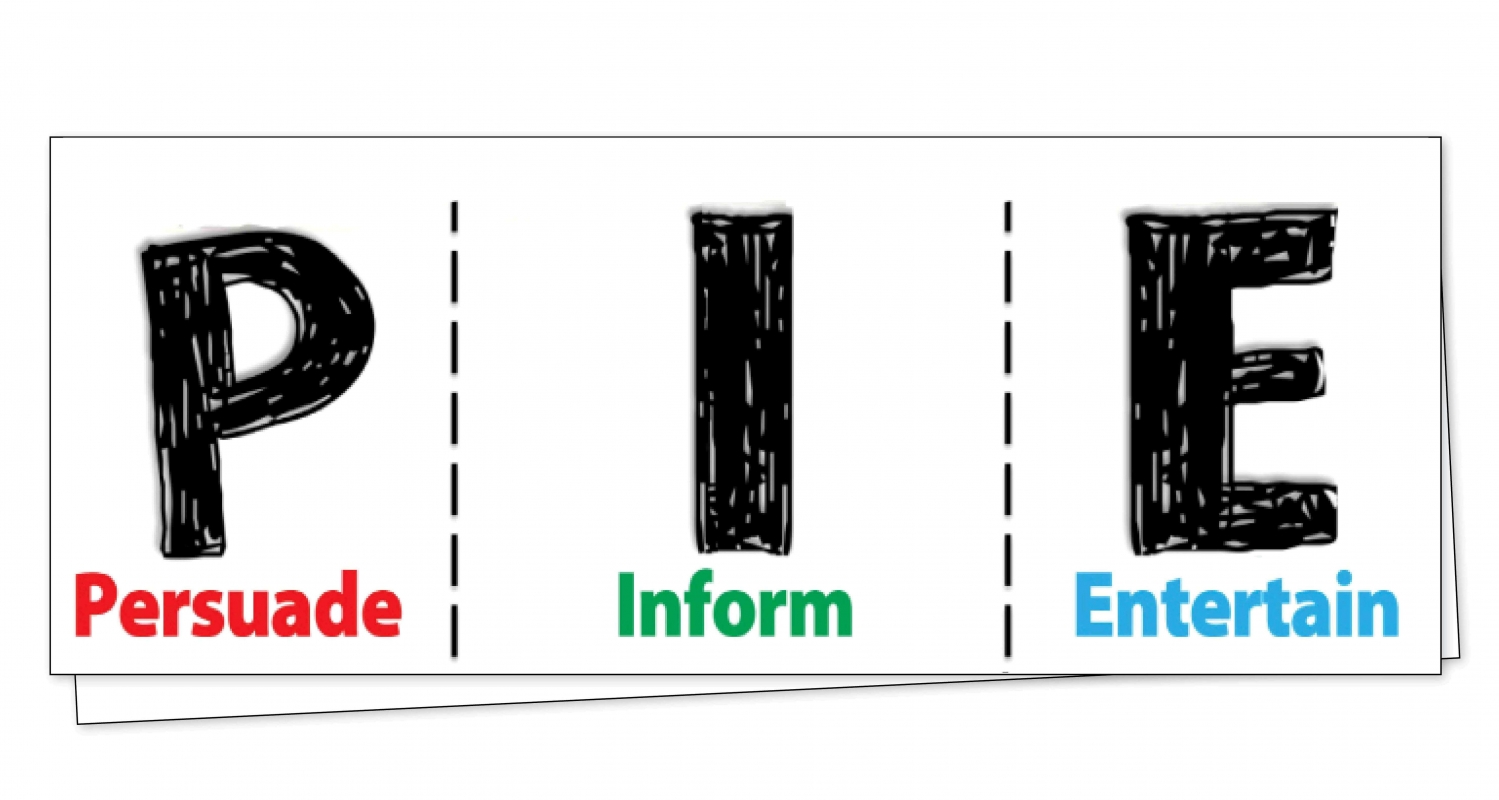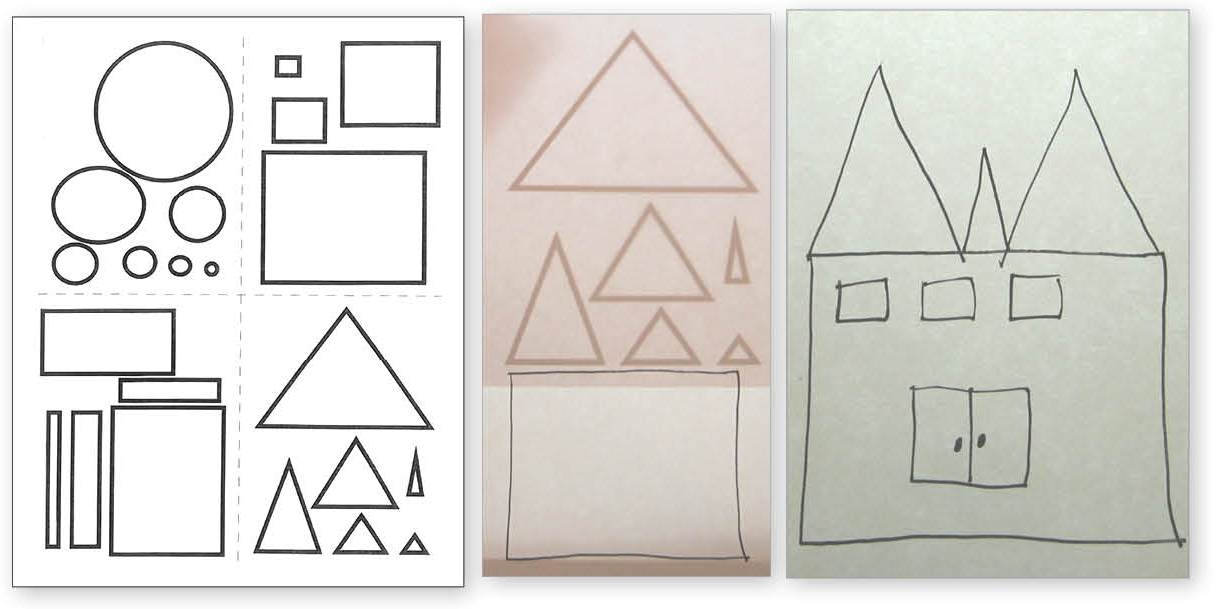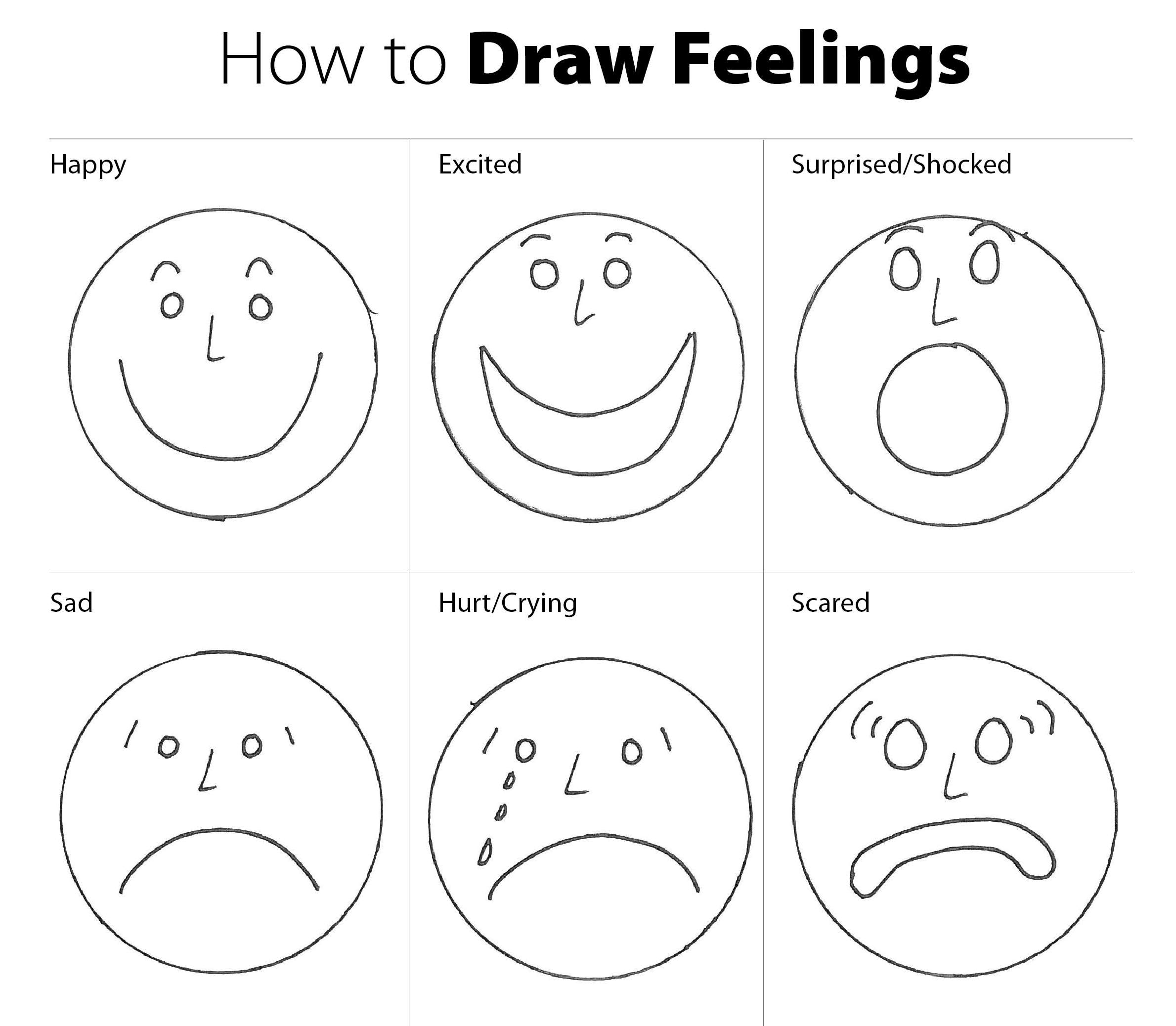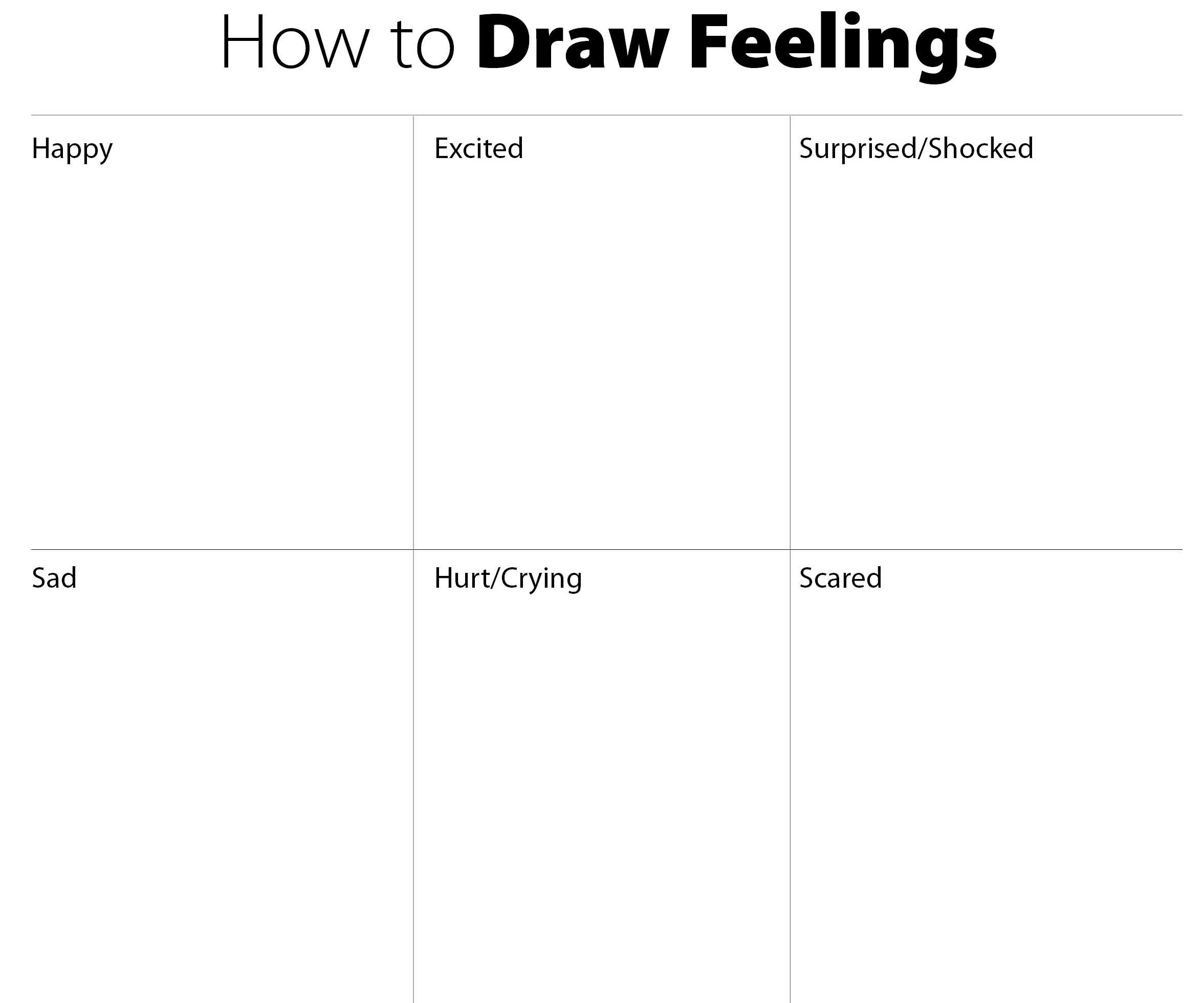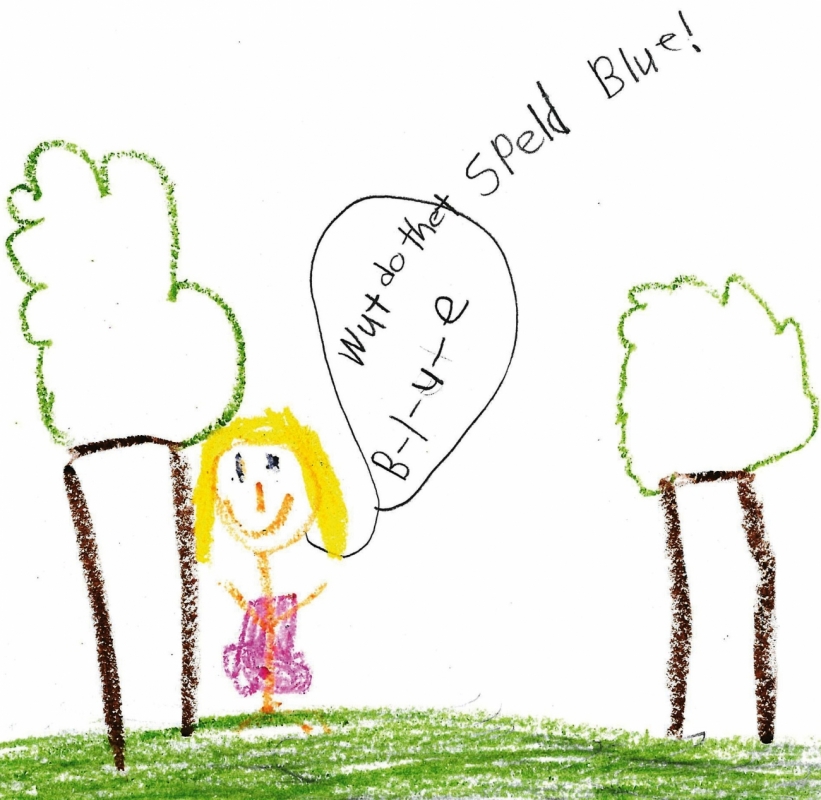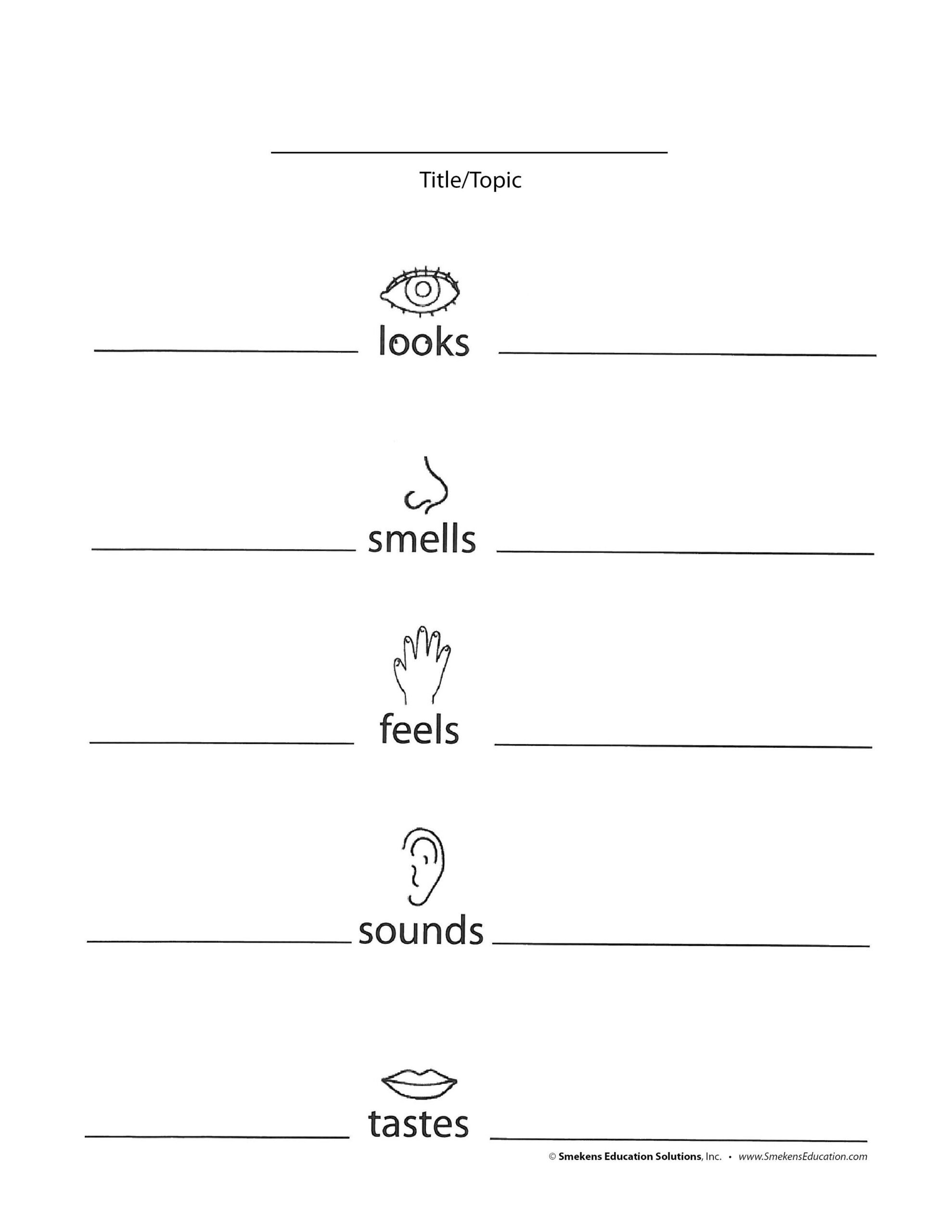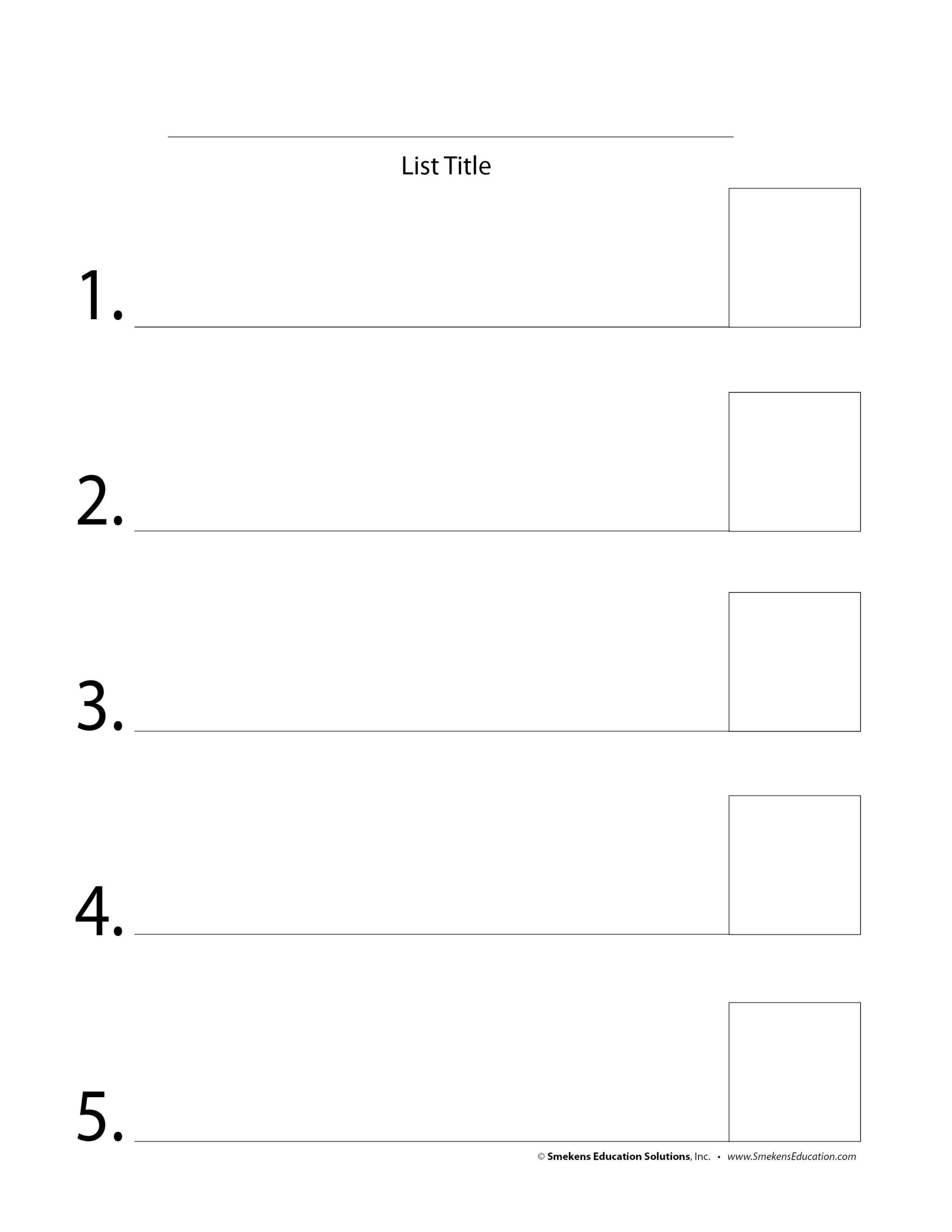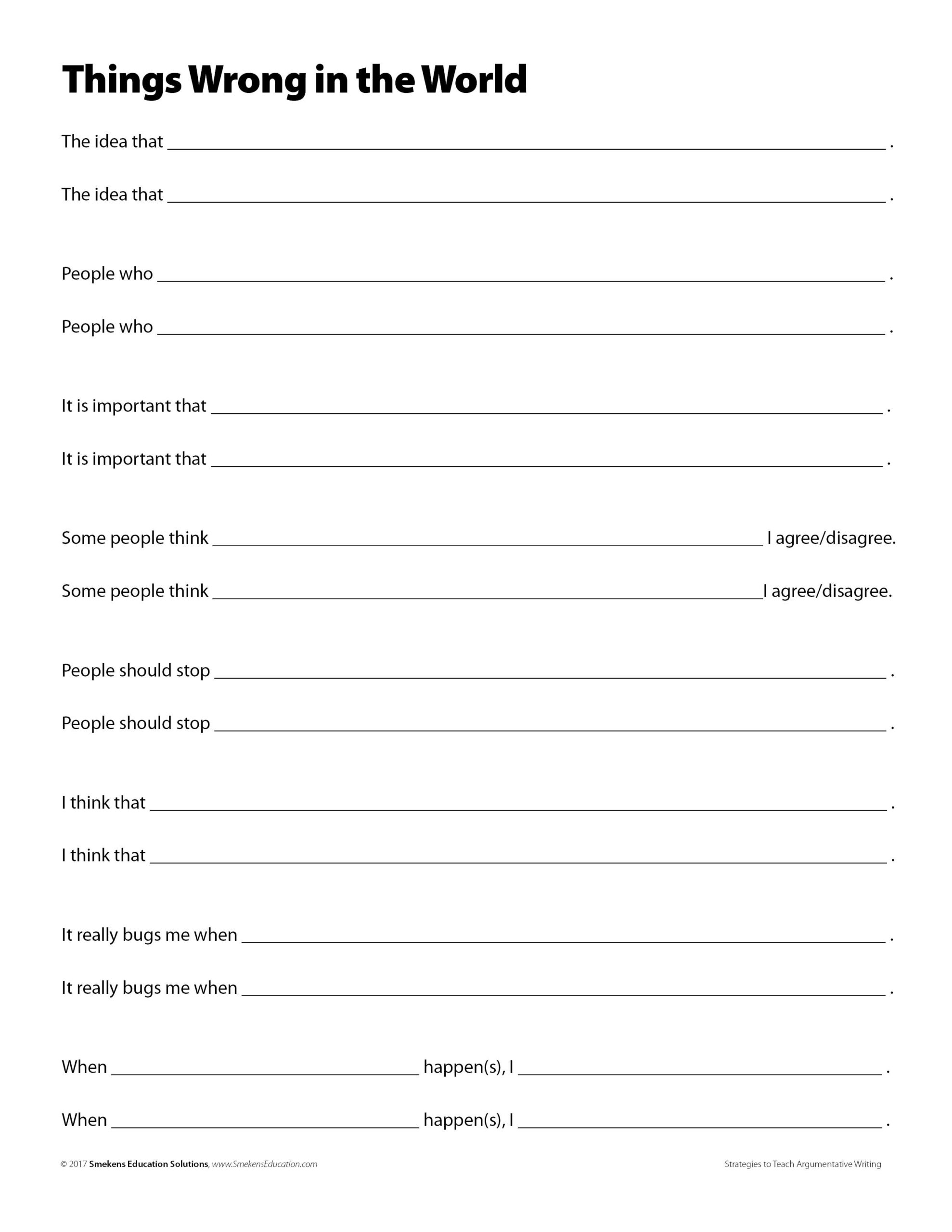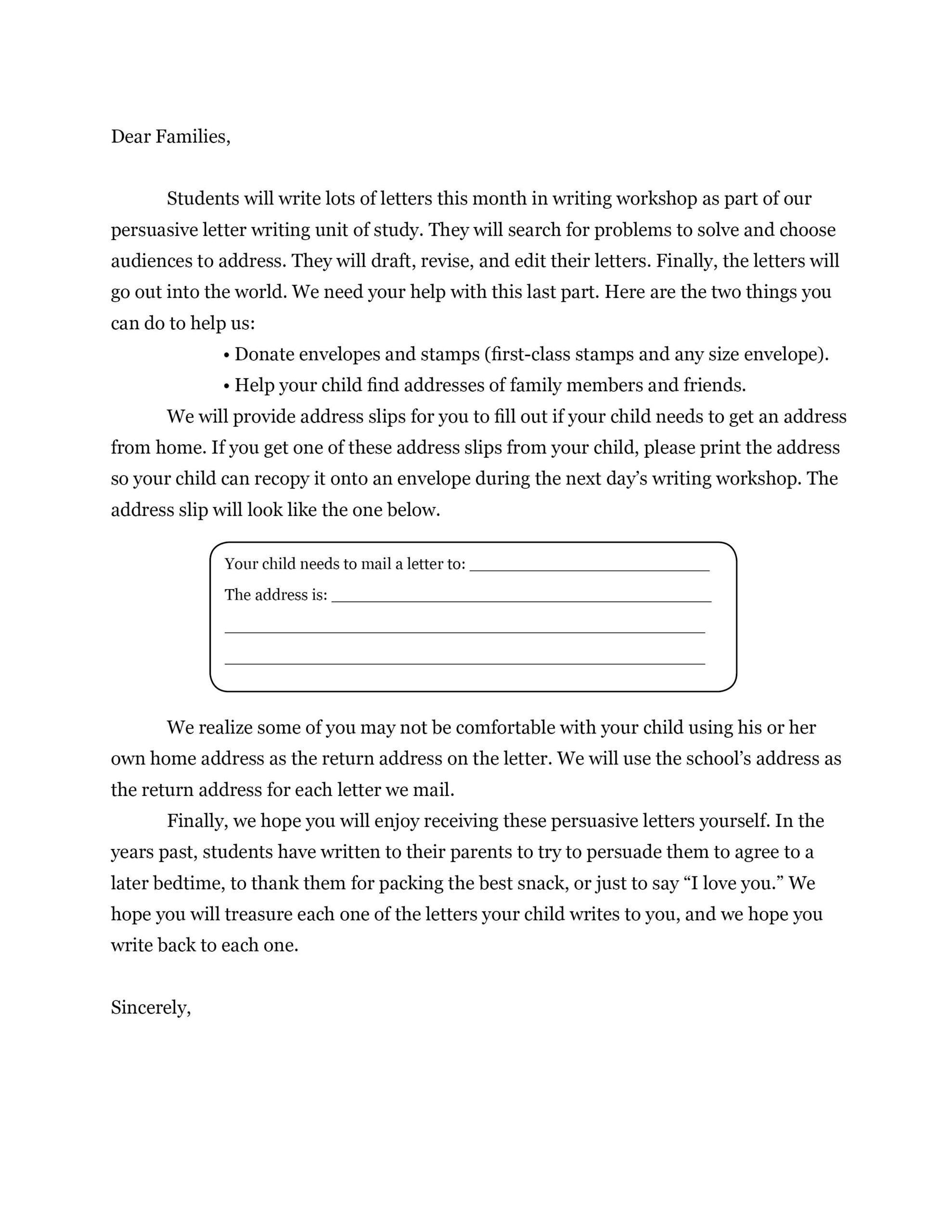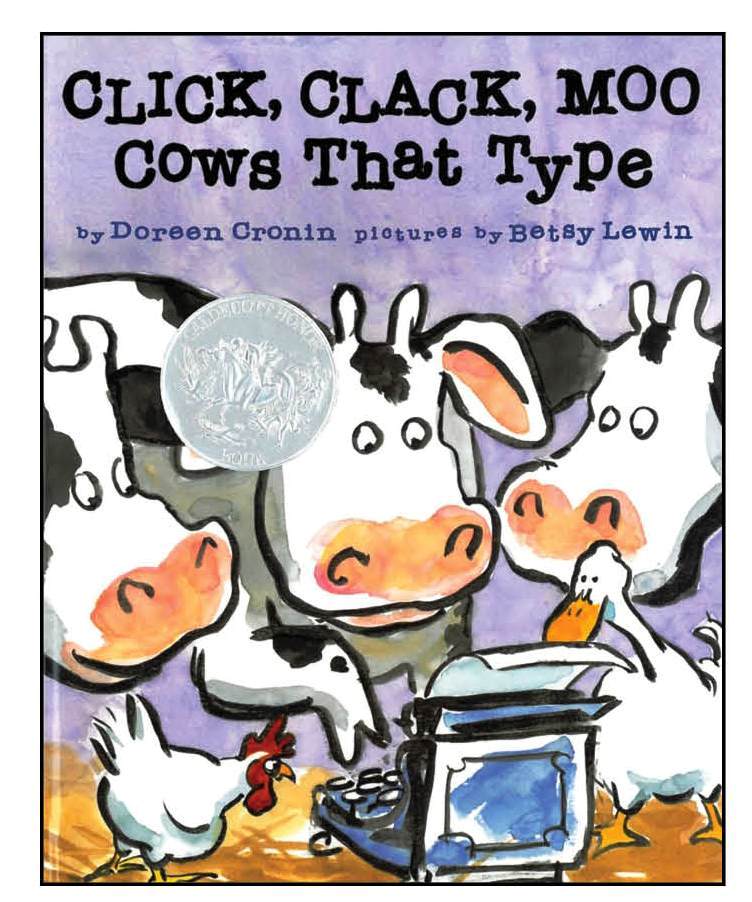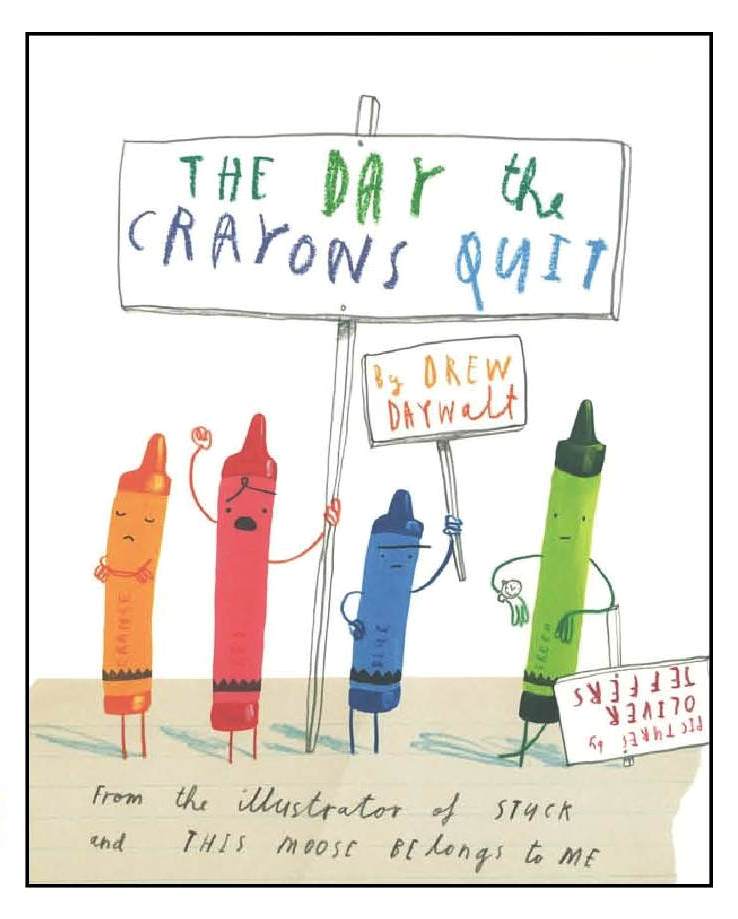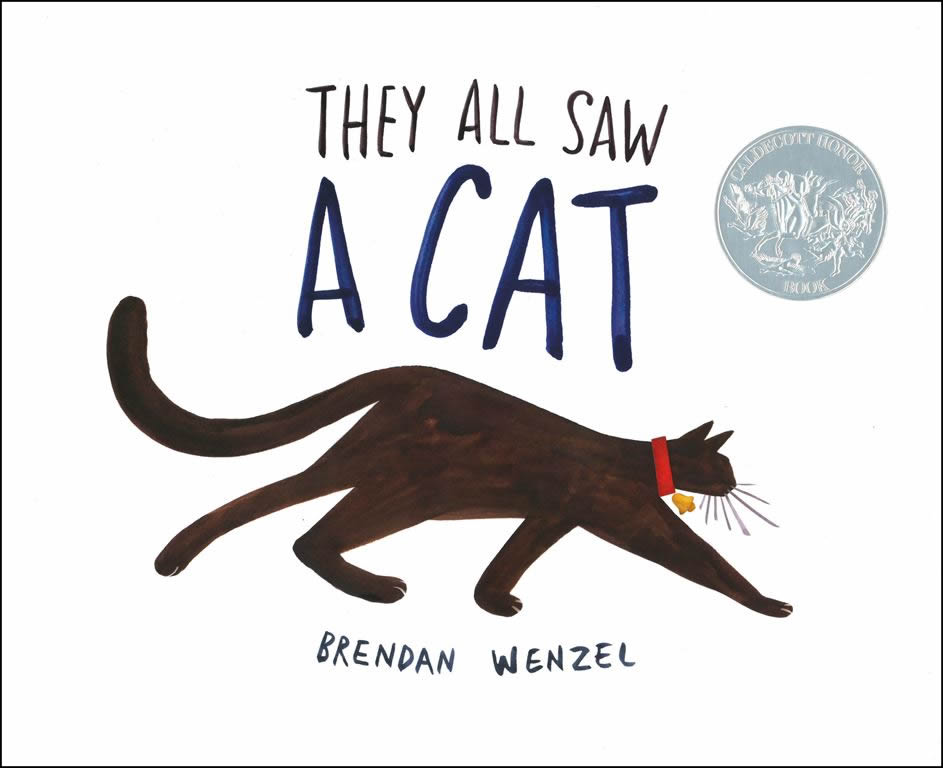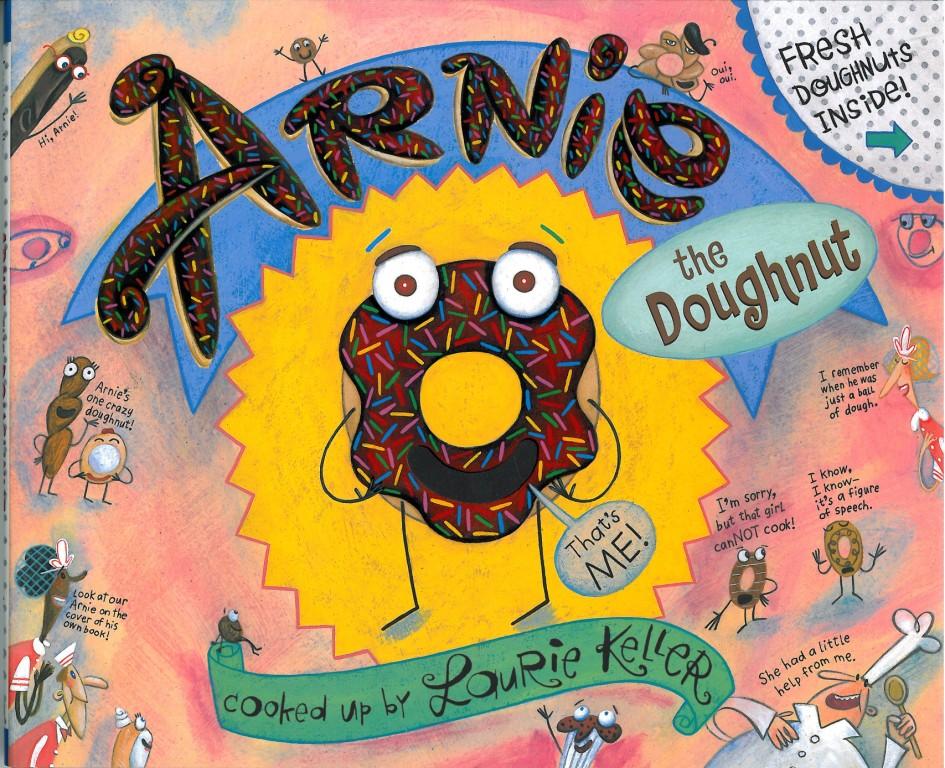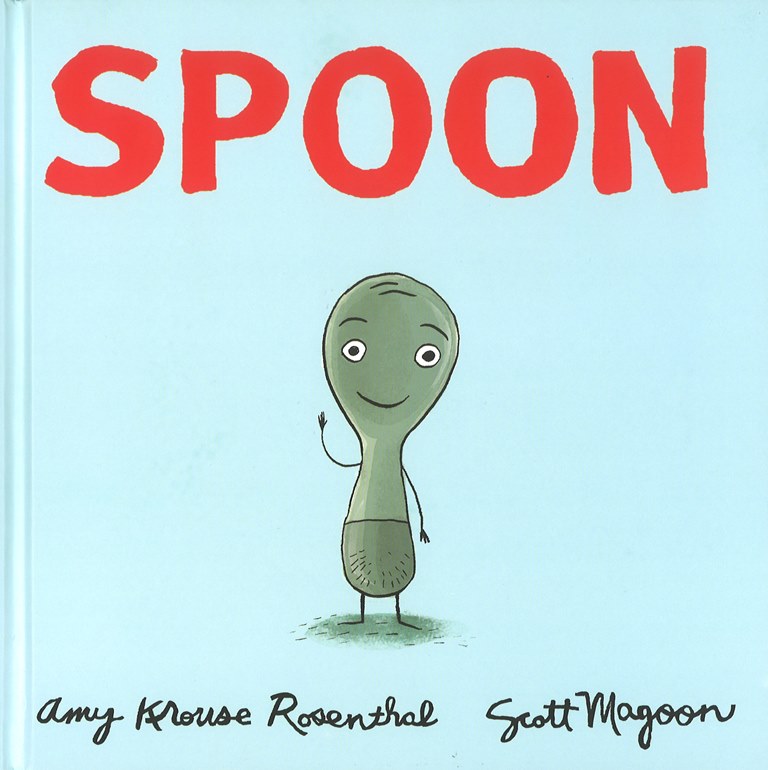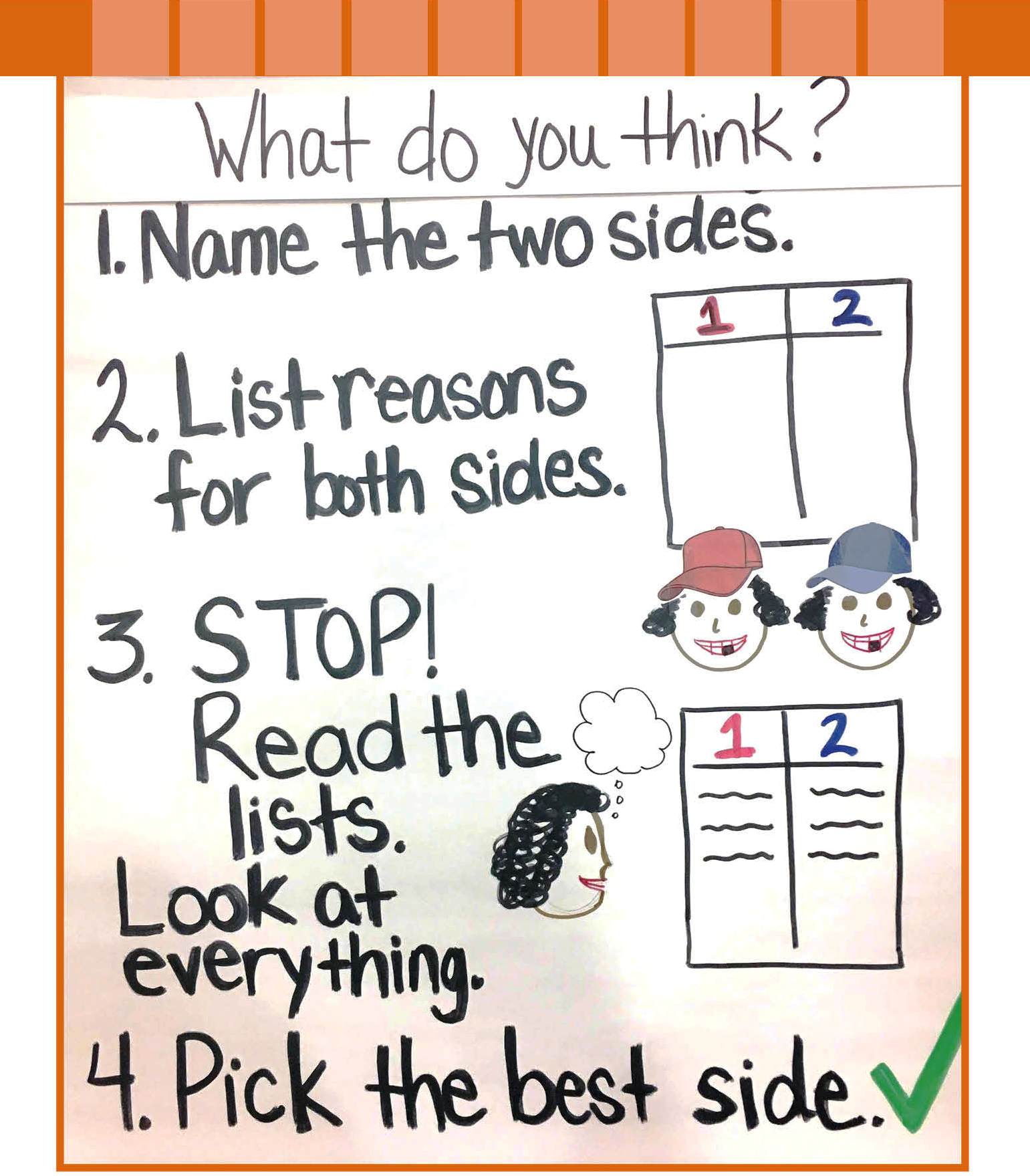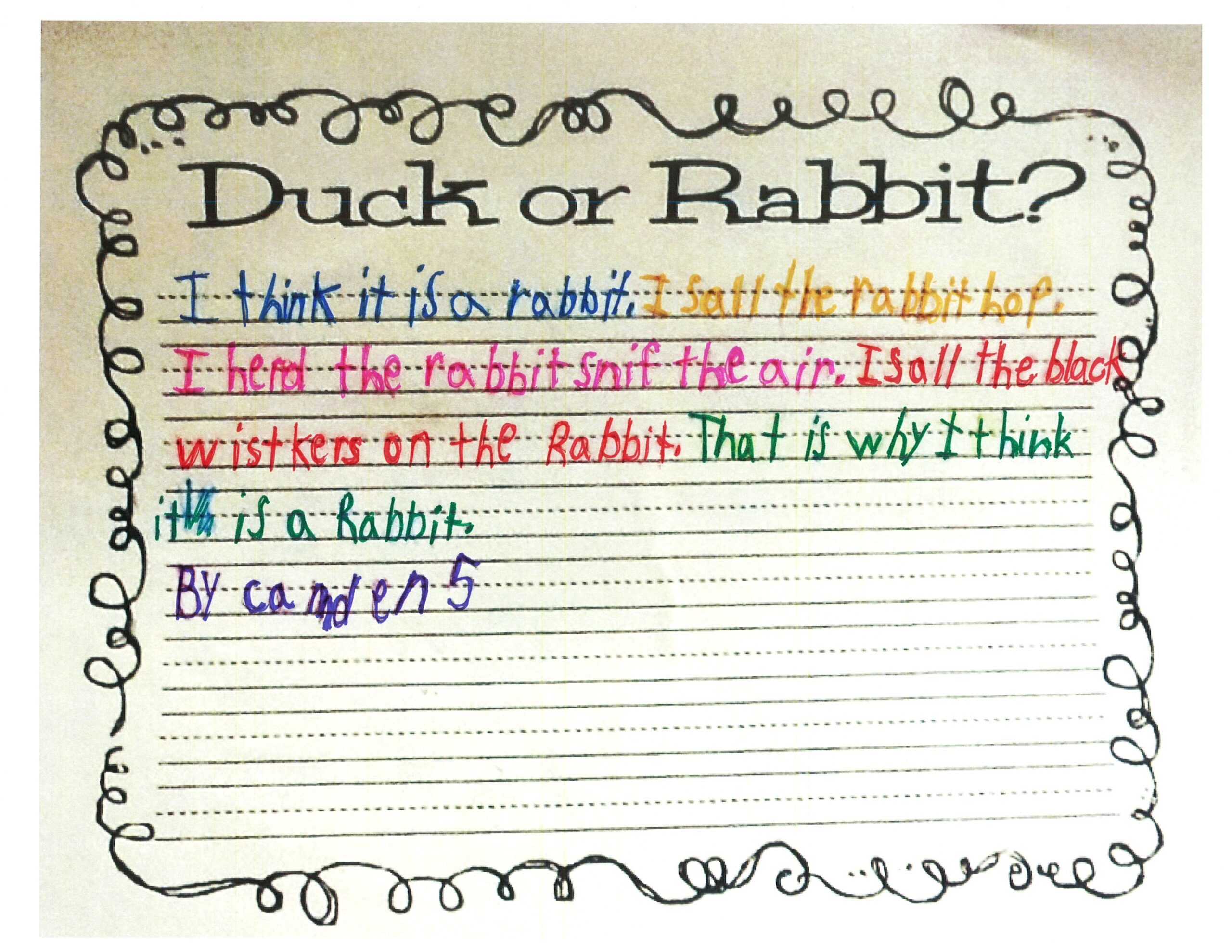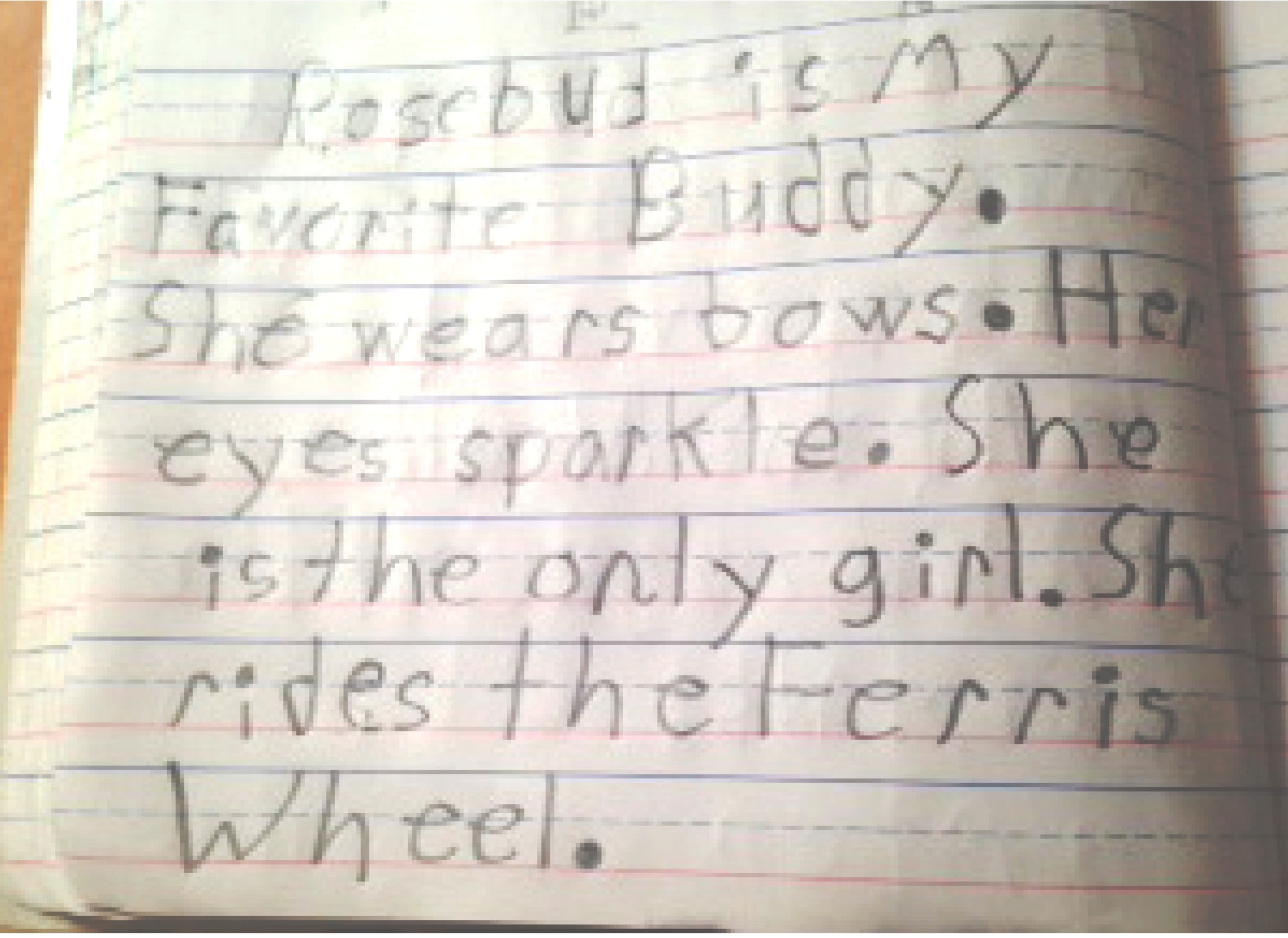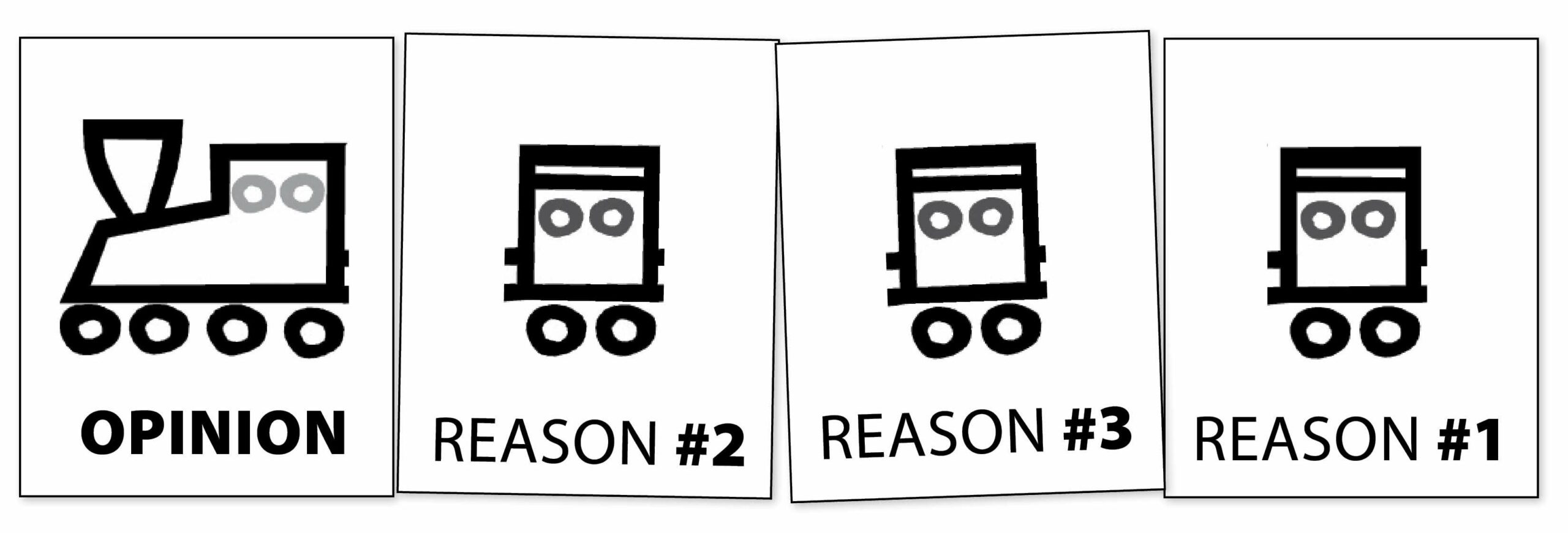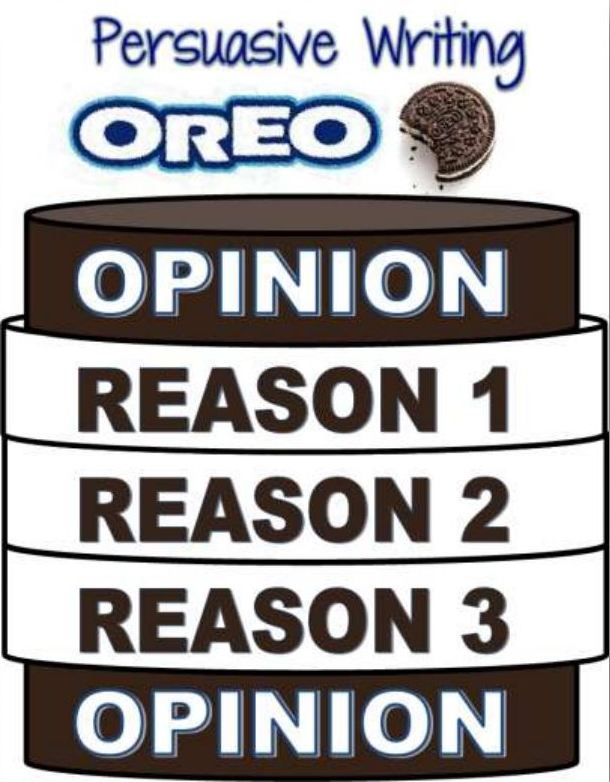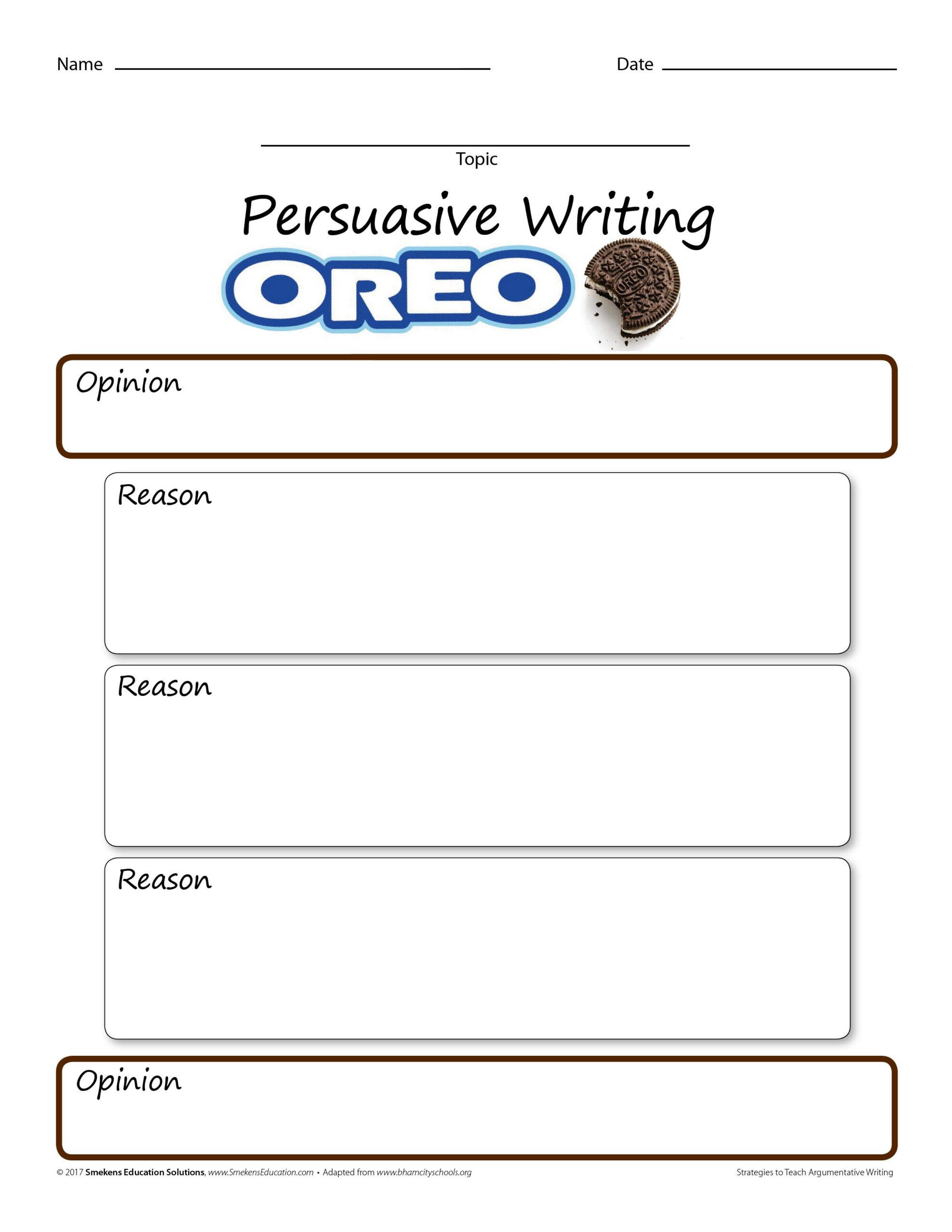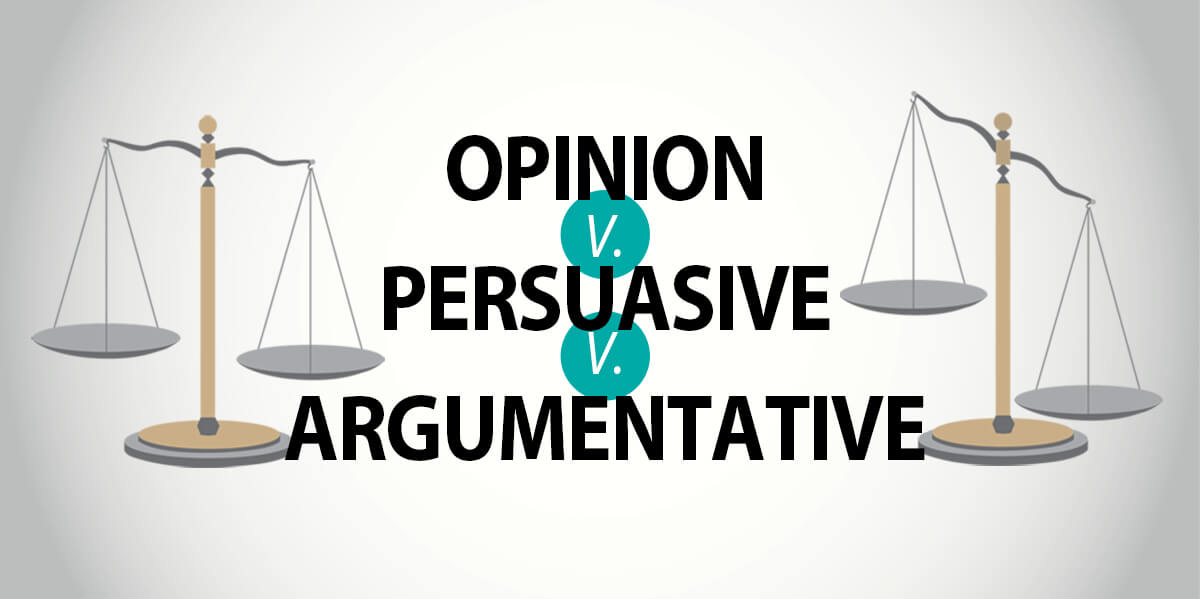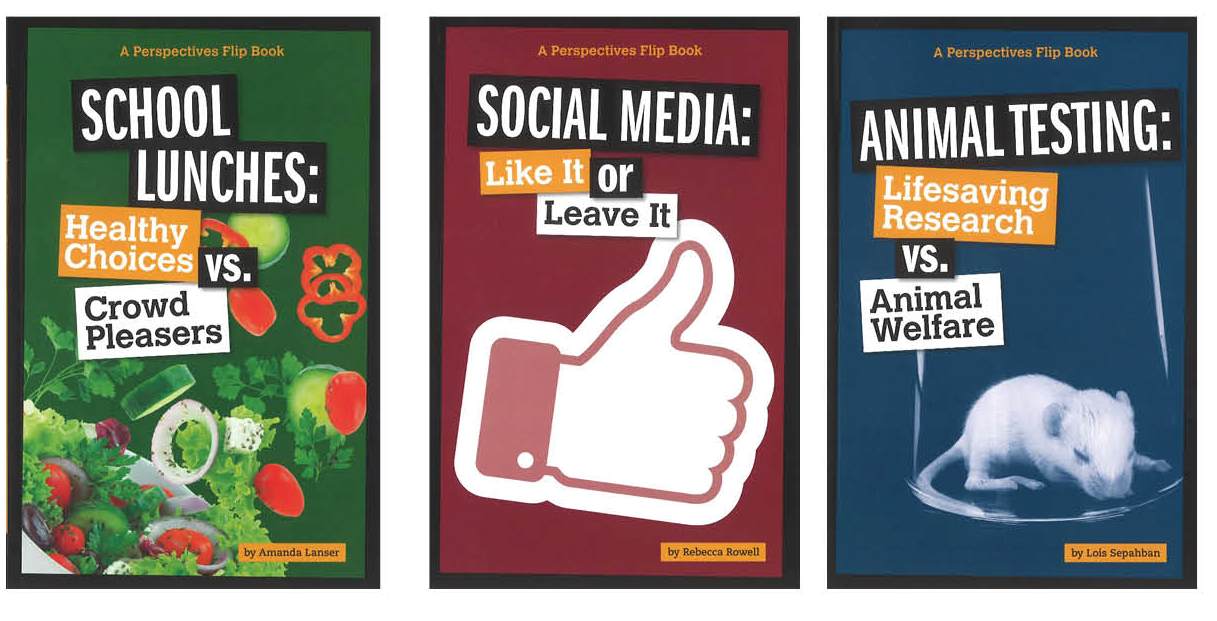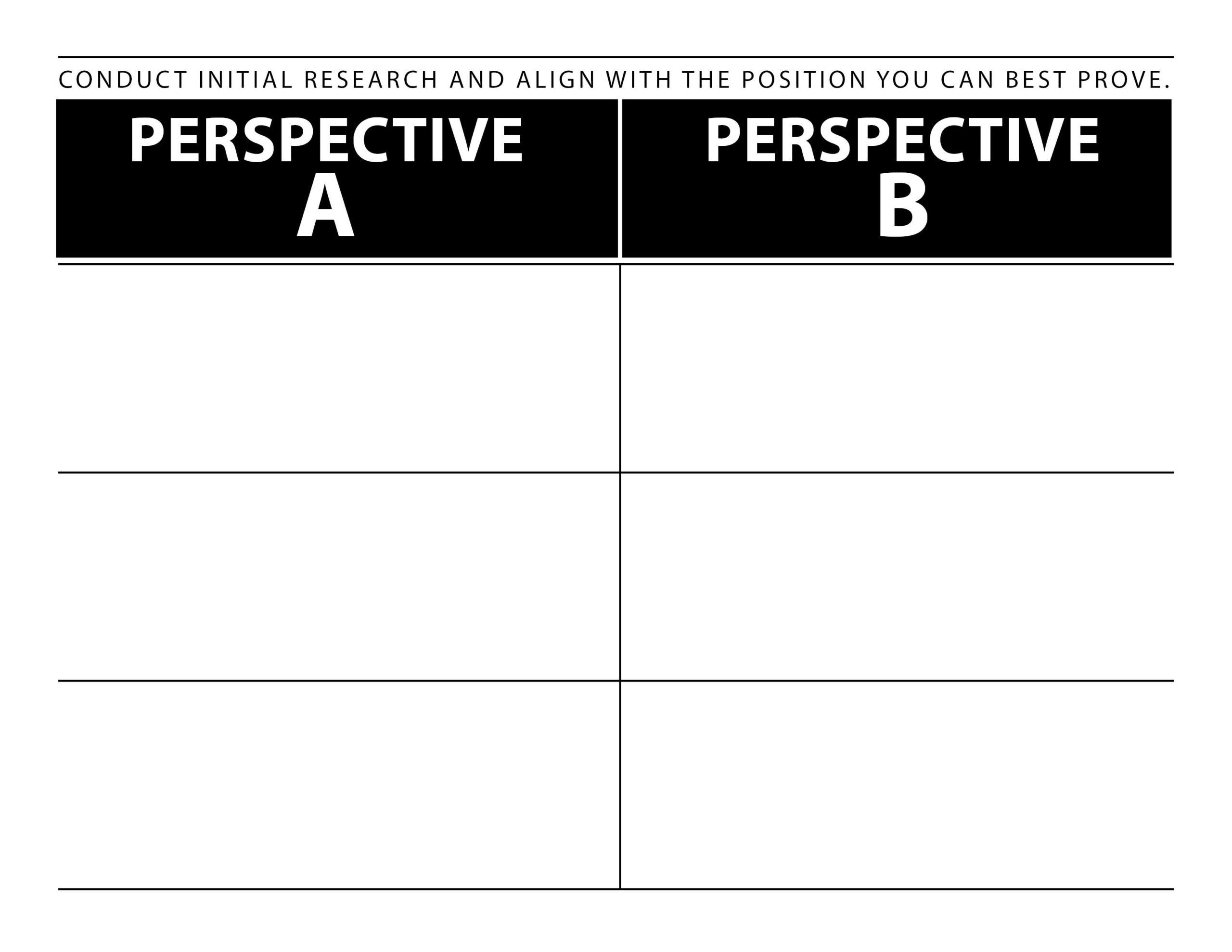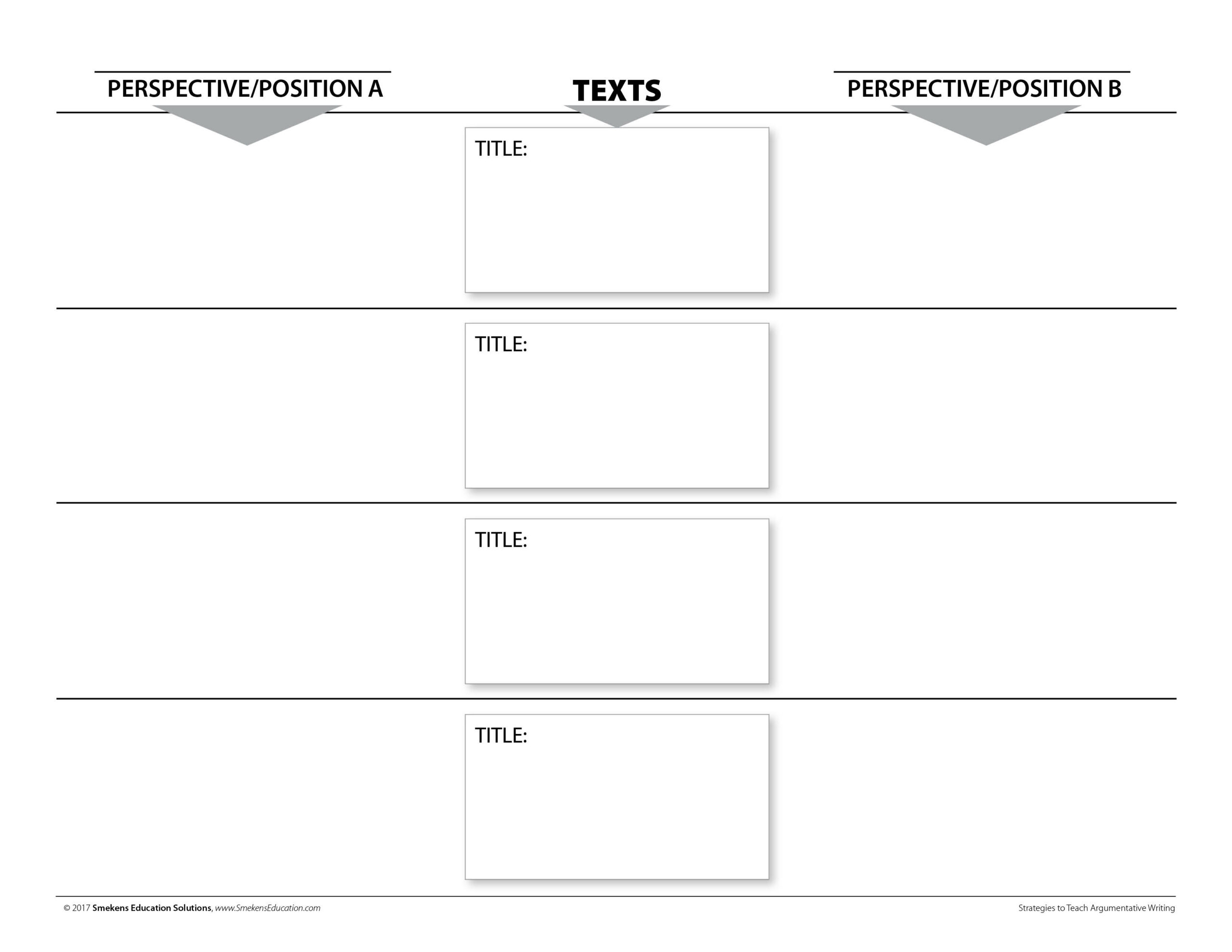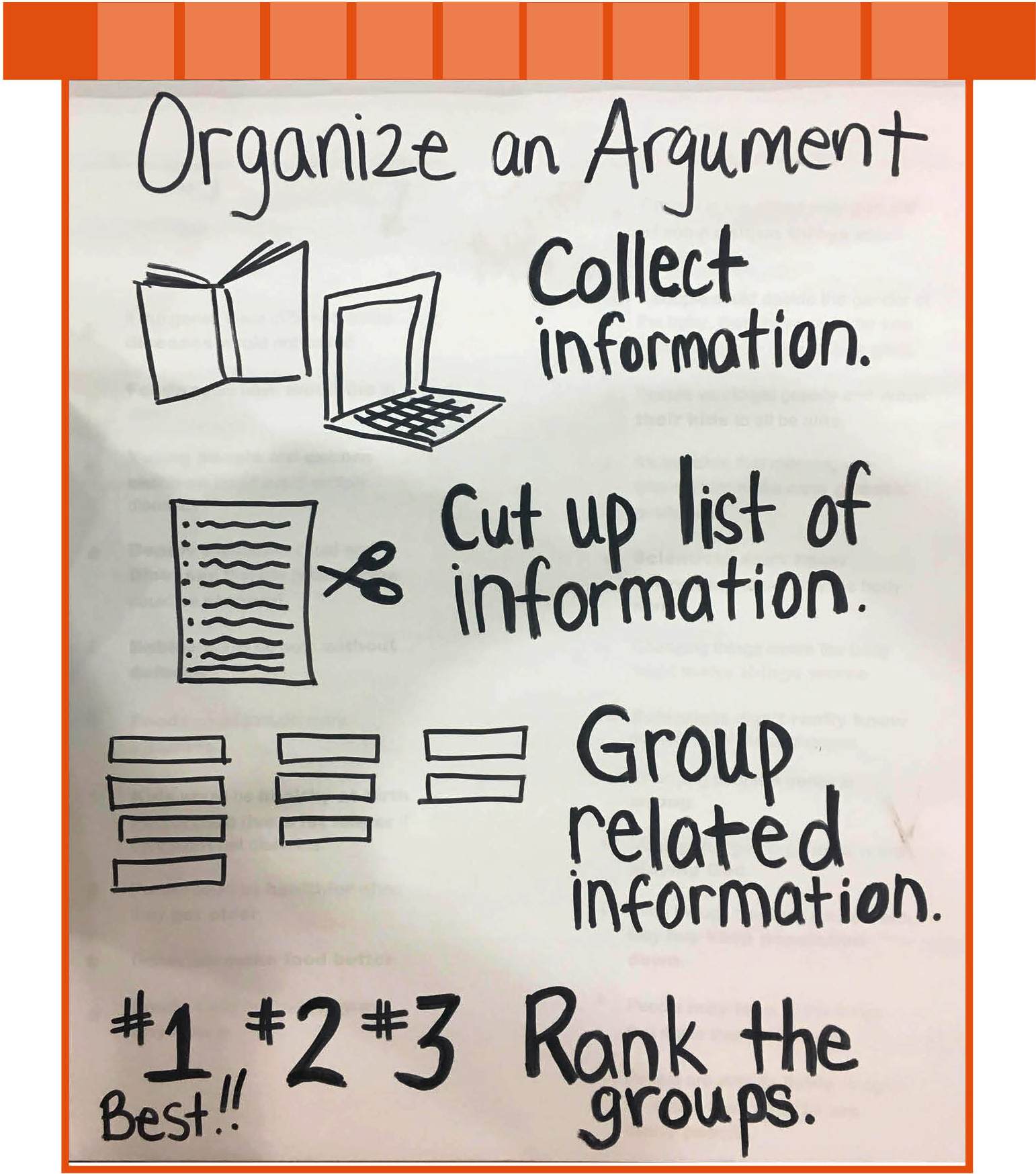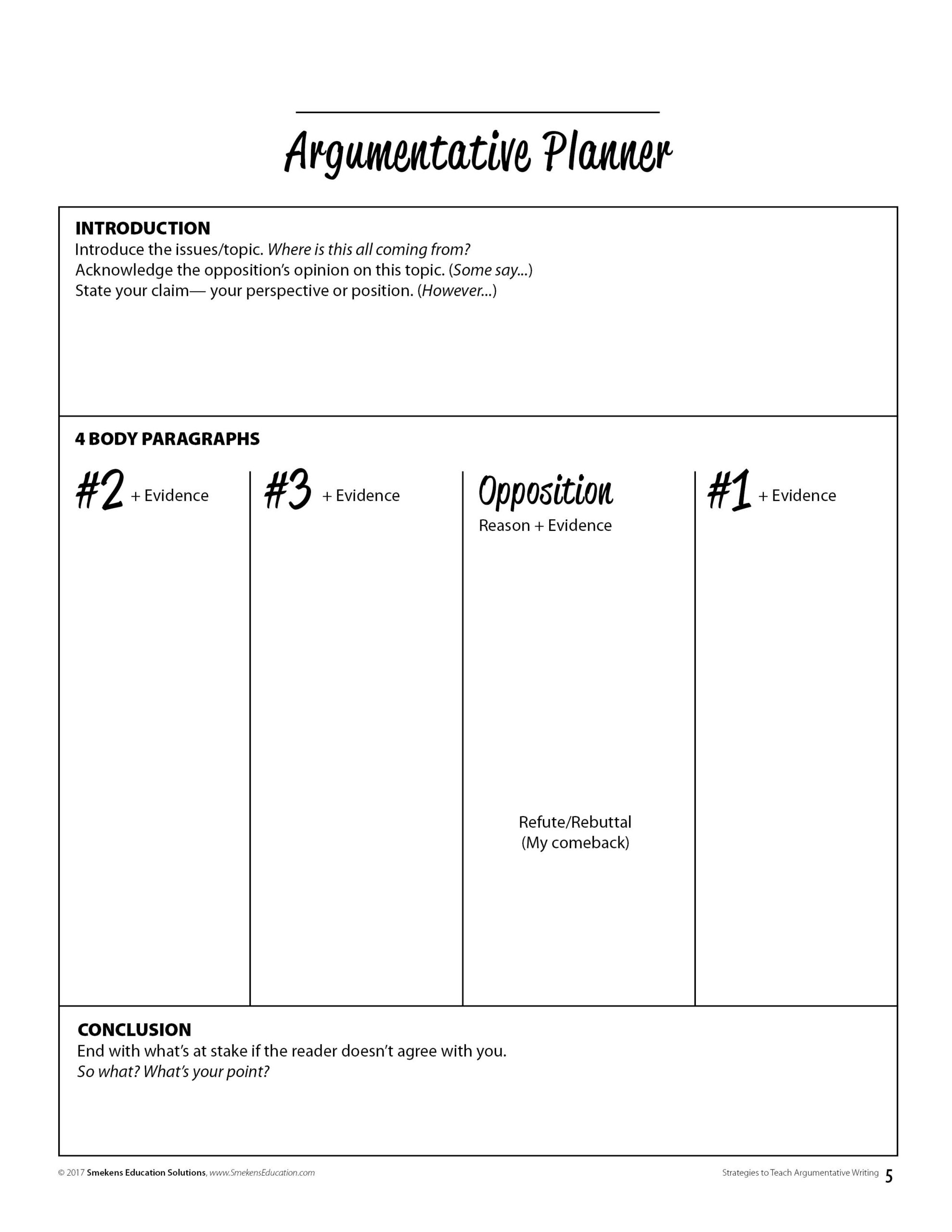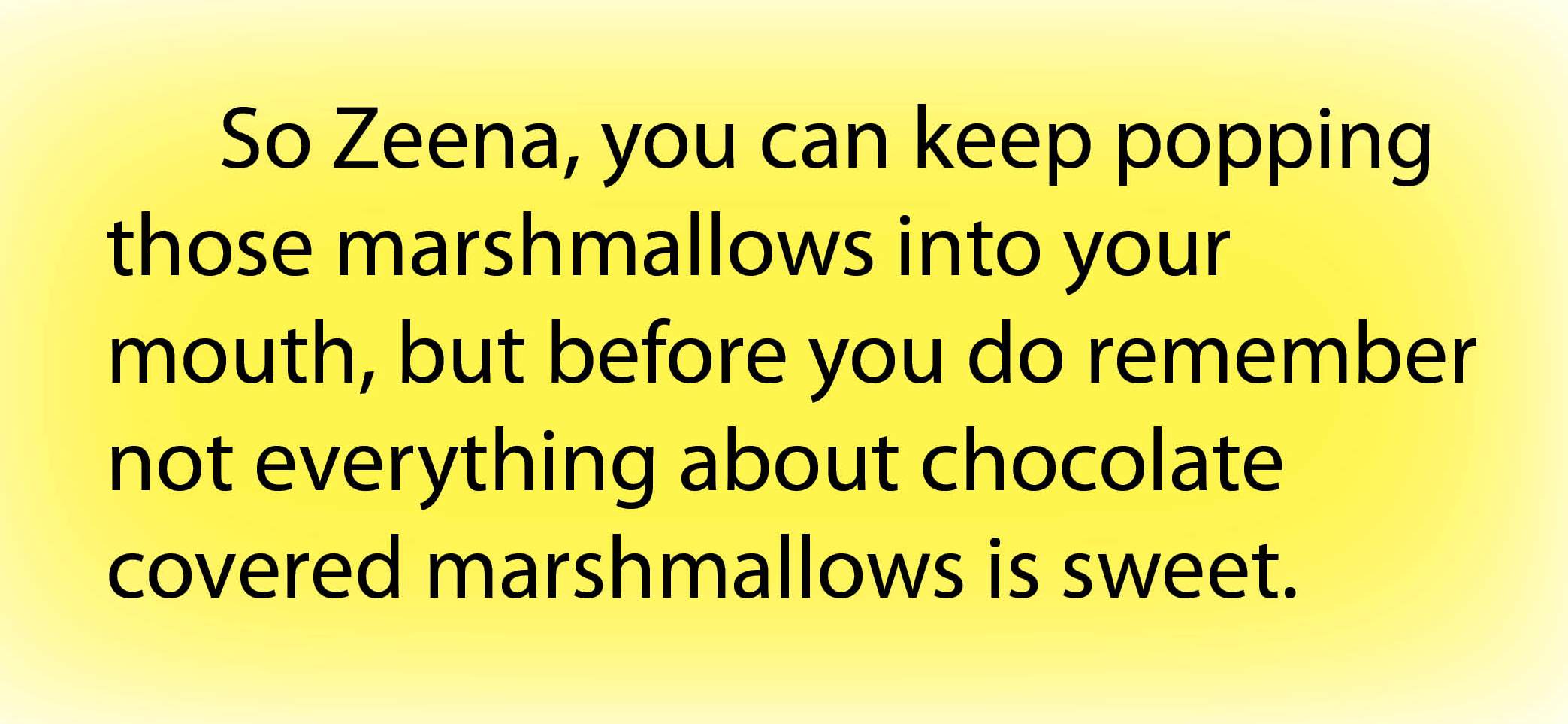Best-of-Smekens Writing Conference:
Writing Remix 2017
SECRET SITE
SESSION 1
Target Key Skills within an Informative Writing Unit
List facts and details
Collect interesting details that surprise the reader.
Group and organize ideas
Practice sorting details
- List and then organize information using an ABC Chart.
- Create categories of grouped information using List, Sort, & Label (Notebook version).
Create your own simple flashcards for any hands-on sort using kitzkikz.com.
- Type facts and categories into the table.
- Click PDF to move to the next screen.
- Modify settings and/or click “View PDF.”
- Print flashcards from this same screen.
Pump up ideas with experts’ words
Effectively select and integrate quotations and paraphrases.
Piece together strong introductions and conclusions
Purchase dry-erase puzzle pieces to introduce the ingredients in different mini-lessons.
SESSION 2
Plan your Writing Year
Recognize the essential skills per mode.
Replace mother lodes with mini-units
Spiral through the three modes of writing in multiple, smaller writing units.
SESSION 3
Teach Developmentally-Appropriate Writing in Grades K-1
Connect the writing purposes with developmental stages
Picture writing counts
Picture writing provides opportunities for students to learn about communicating with details. Kids who draw with details will become kids who write with details.
Draw accurate shape details
Before students can draw shapes independently, they will need extra support that tracing allows. Art for Kids is a YouTube channel where a dad draws side-by-side with one of his children, showing how to draw simple (sometimes seasonal) objects line by line.
Indicate voice with facial expressions
Add voice with speech bubbles/dialogue
Young writers can play with spoken words in speech bubbles using this single frame or 4-framed template. The speech/dialogue can abandon the formal and traditional sentence structure they use in sentences below their pictures.
Include beginning, middle, end details
Transition to list writing
Target list-making as a writing genre
Before early writers create sentences, they write words. Instead of turning those few words into a simple sentence, encourage students to write with more details and more words. Make the unit about creating lists of information that include specific details, with precise word choice, all on one topic.
SESSION 4
Tackle the Primary Persuasive Standard
Read the world
Identify topics you care about. List things wrong with the world.
Identify character perspectives
Read literature that reveals multiple perspectives.
Choose a side in 4 steps
Teach students to first chart the perspectives before choosing a position. Watch the kindergartners at Concord South Elementary discern between duck details and rabbit details before determining which animal they think is depicted within Duck! Rabbit!
Introduce the what and why structure
Stuff your opinion with reasons
Teach primary students to “stuff” their opinions with the best reasons. Check out the numerous resources that Emily Bonnemort and Melissa McGary have collected and posted on their school website.
SESSION 5
Meet the Argumentative Writing Standard
Eventually, reveal multiple perspectives within informational texts. The Perspectives Flipbook series offers two major positions on historical events and hot topics.
Several websites offer excellent informative text that reveals hot topics, current trends, and kid-friendly issues.
Collect details for all perspectives
Identify details, facts, pros/cons, strengths/weaknesses, etc. for all sides.
Collect details to infer reasons
Download a list of statements for/pro and against/con genetic engineering. These are the ones students sorted within the mini-lesson video below.
Not all reasons are created equal. Encourage students to generate 10 reasons—more than they need. Then, have them group and prioritize their best reasons, demonstrating that all reasons are NOT created equal. See the Mac & Cheese for Dinner example.
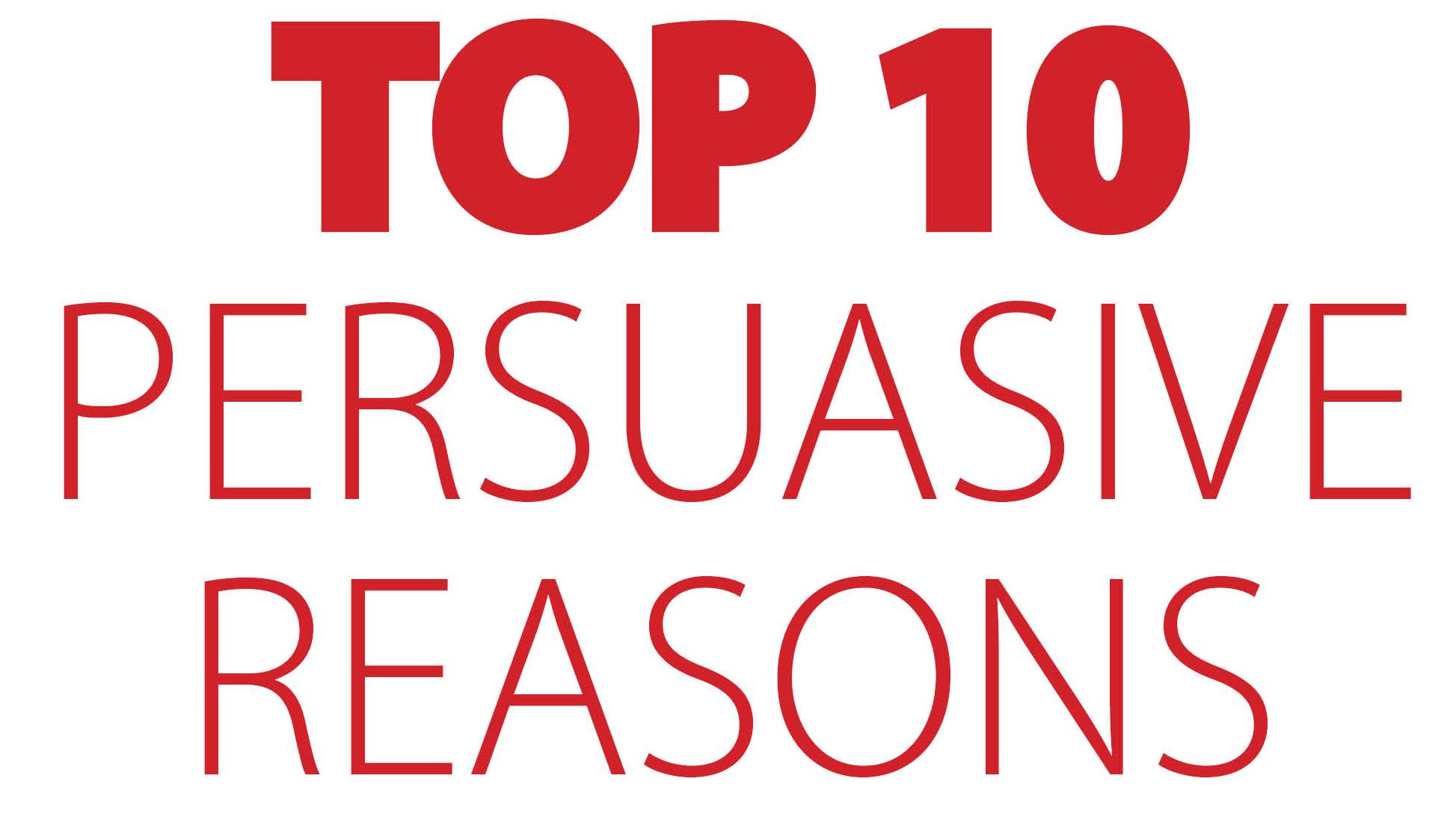
Order reasons for maximum effect
End with the best reason and bury the weakest. This results in the 2-3-1 organization.
Present both sides
A more sophisticated organization is the They say… I say… rhythm. This organization creates an interior debate where the writer juggles both perspectives throughout the body. (Taylor Swift’s letter to Apple demonstrates this organization.)





